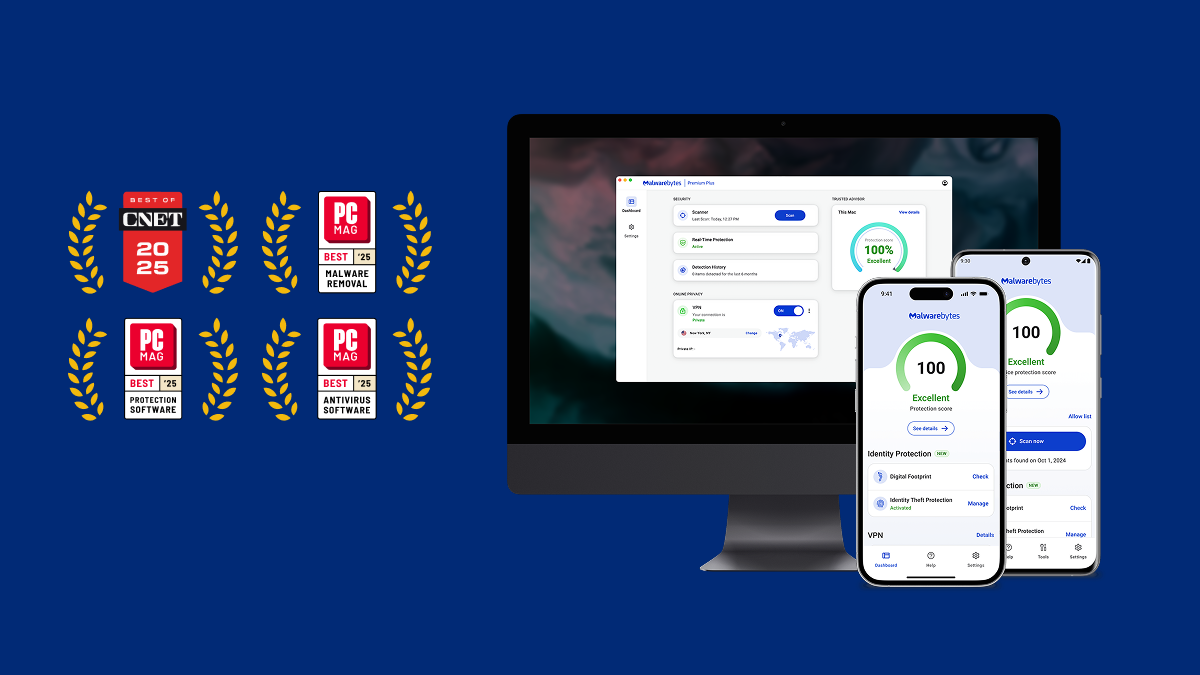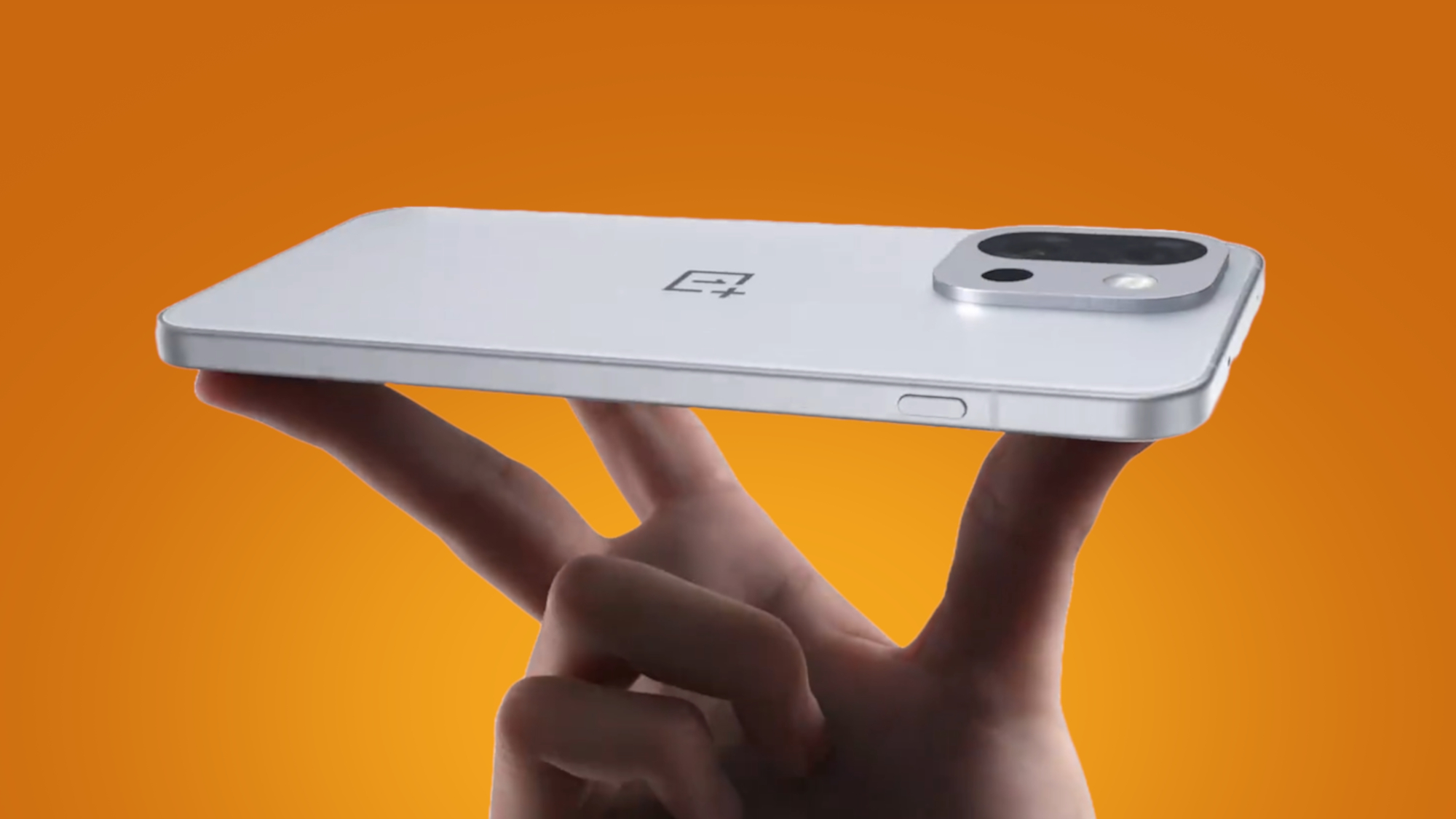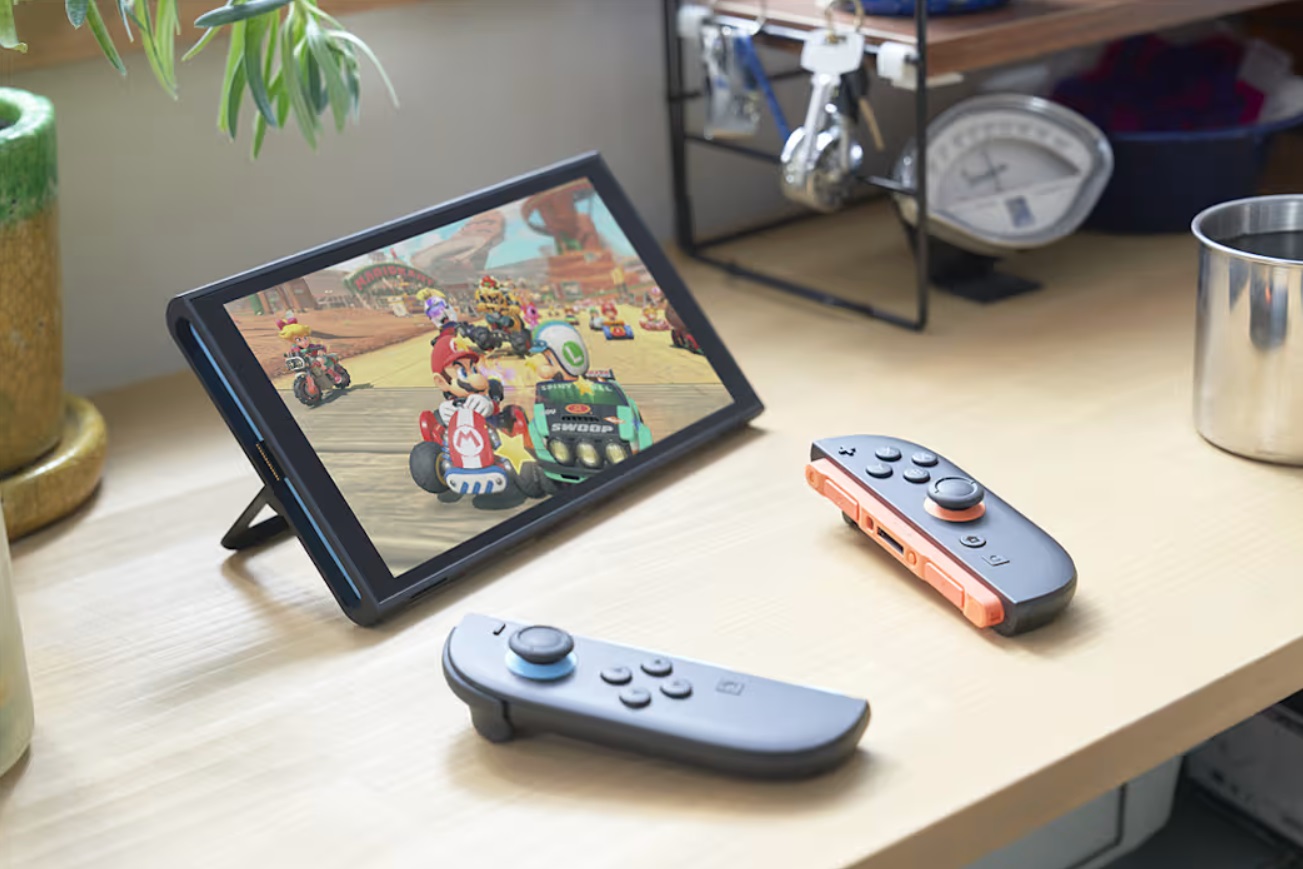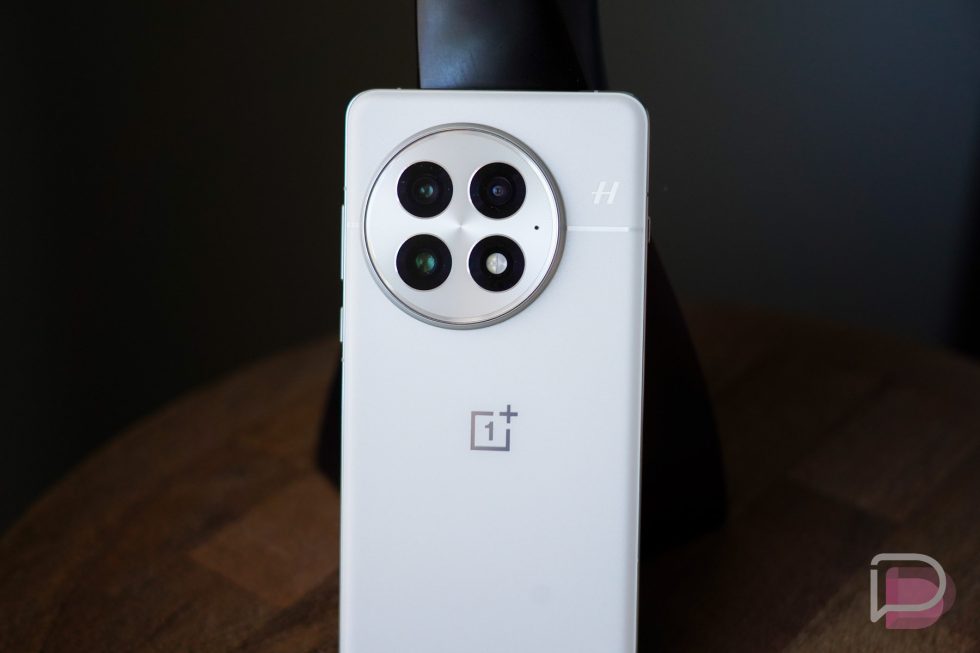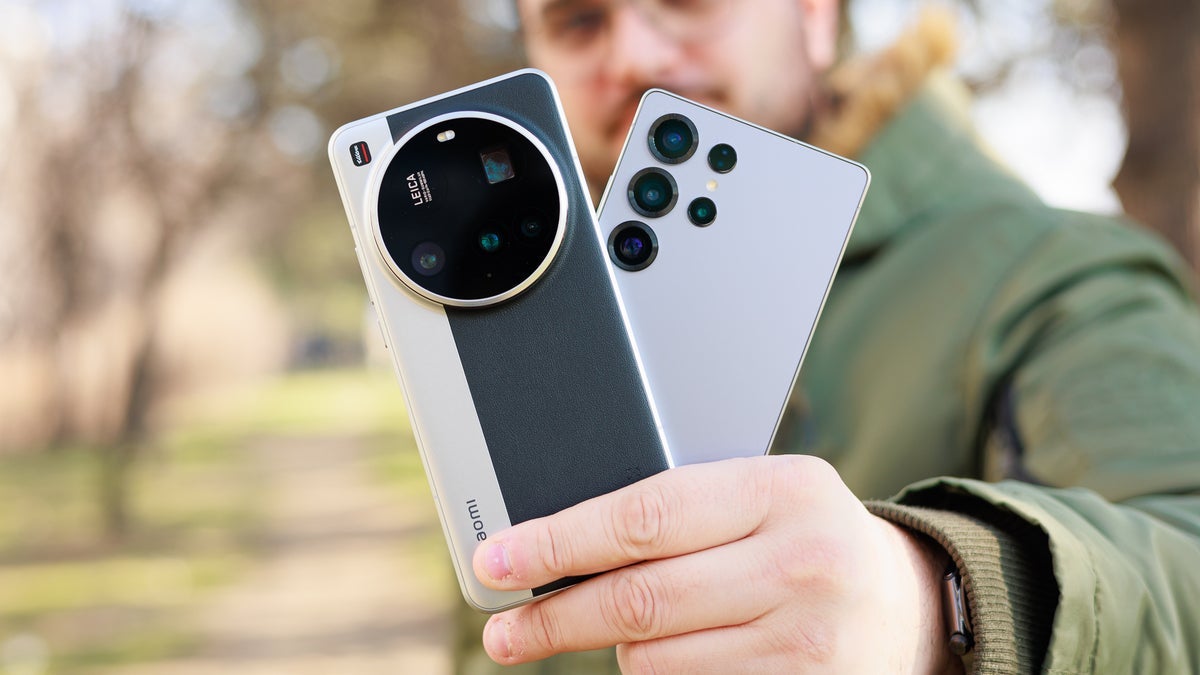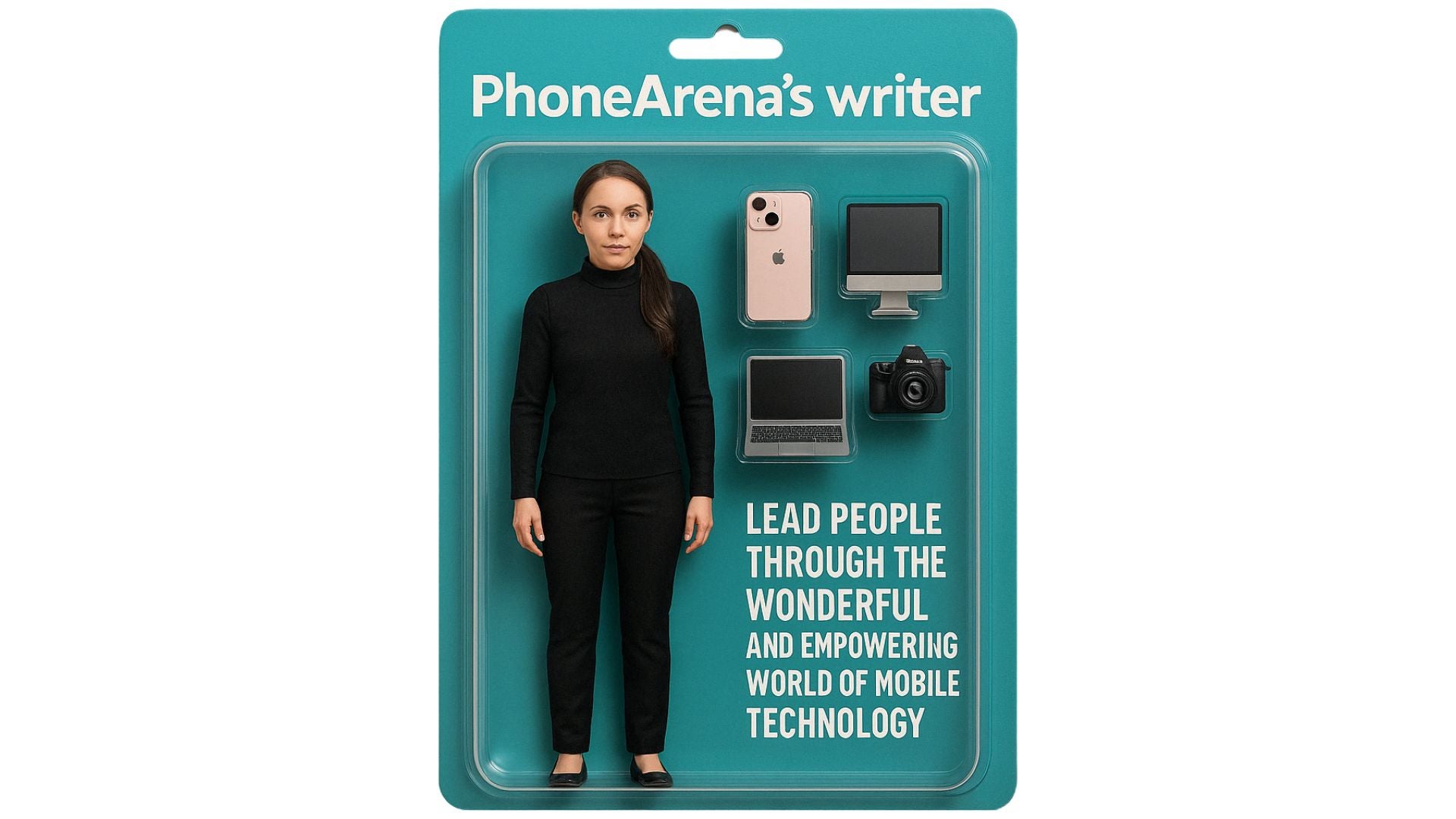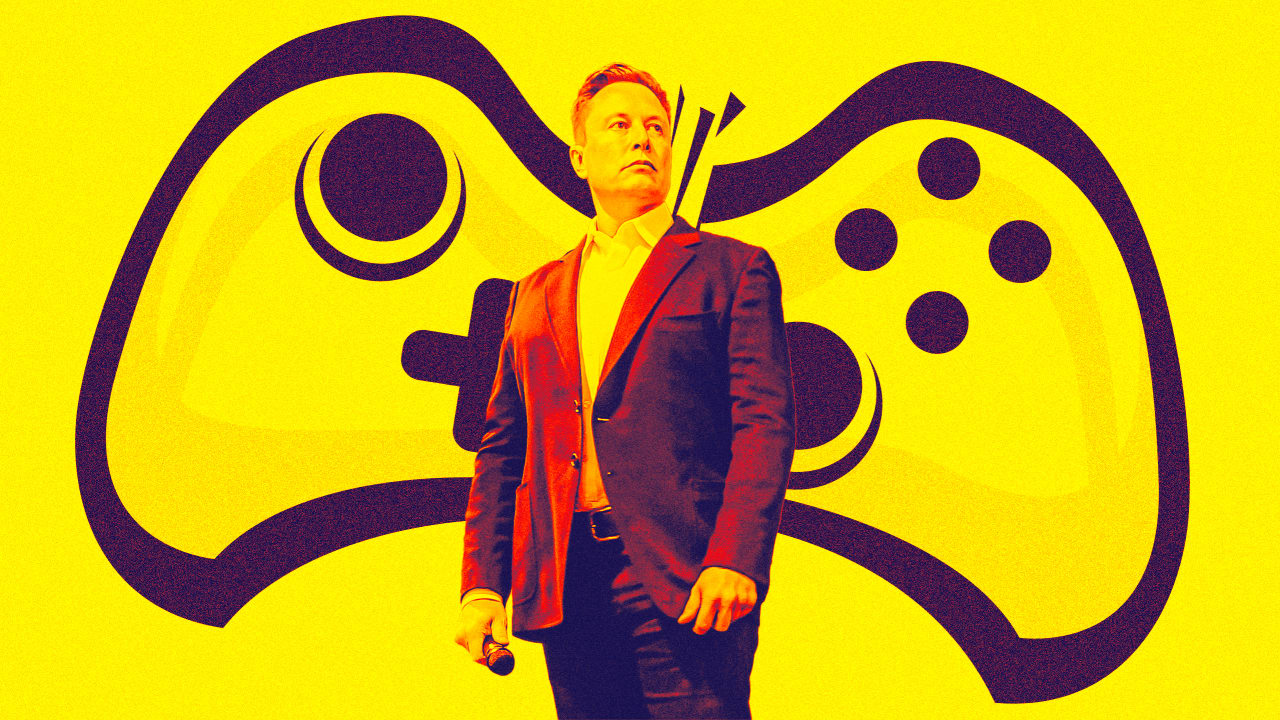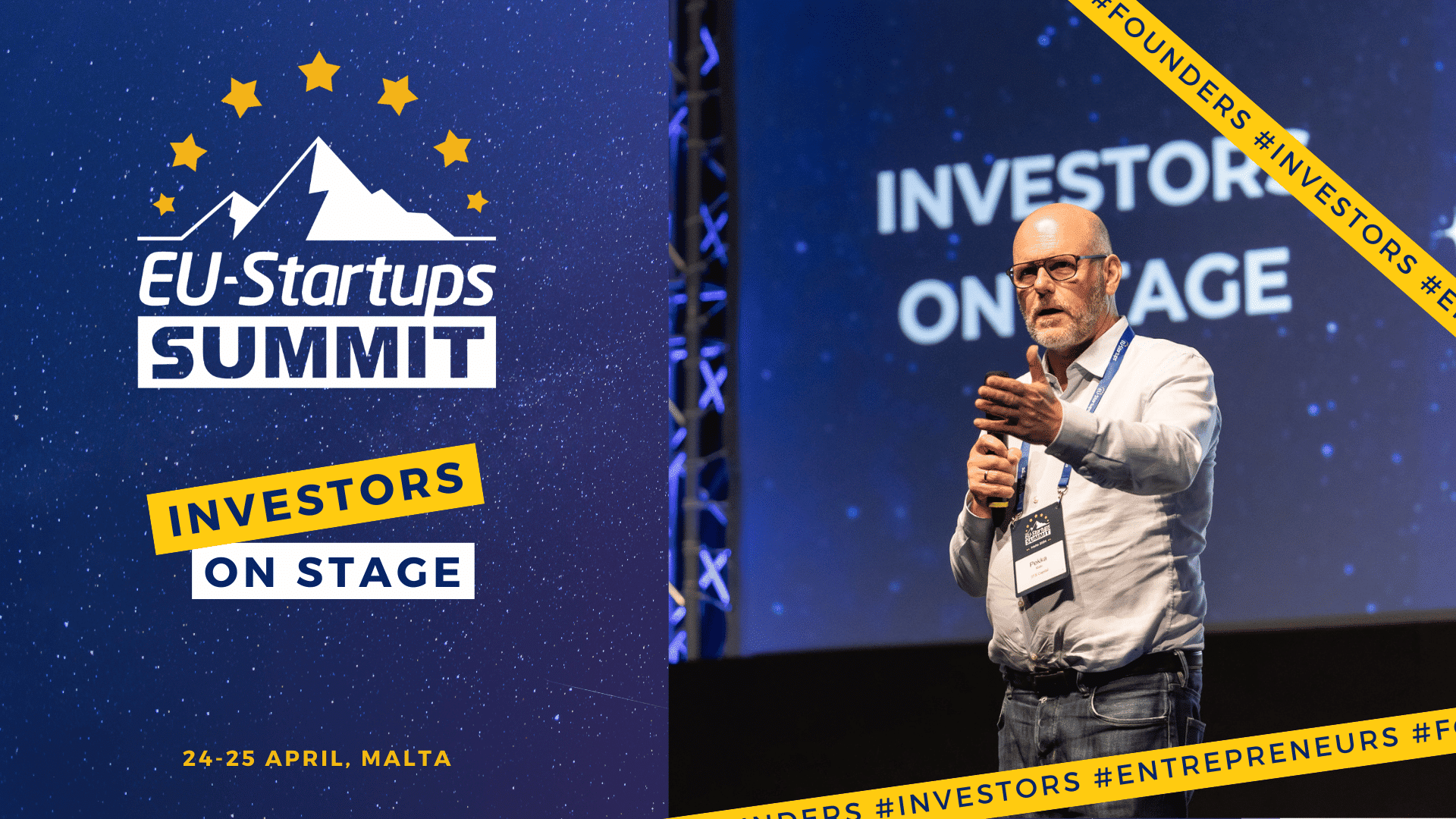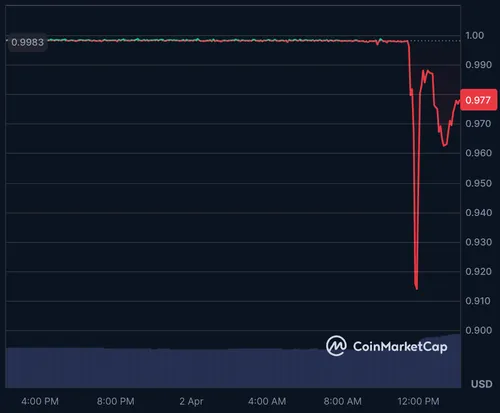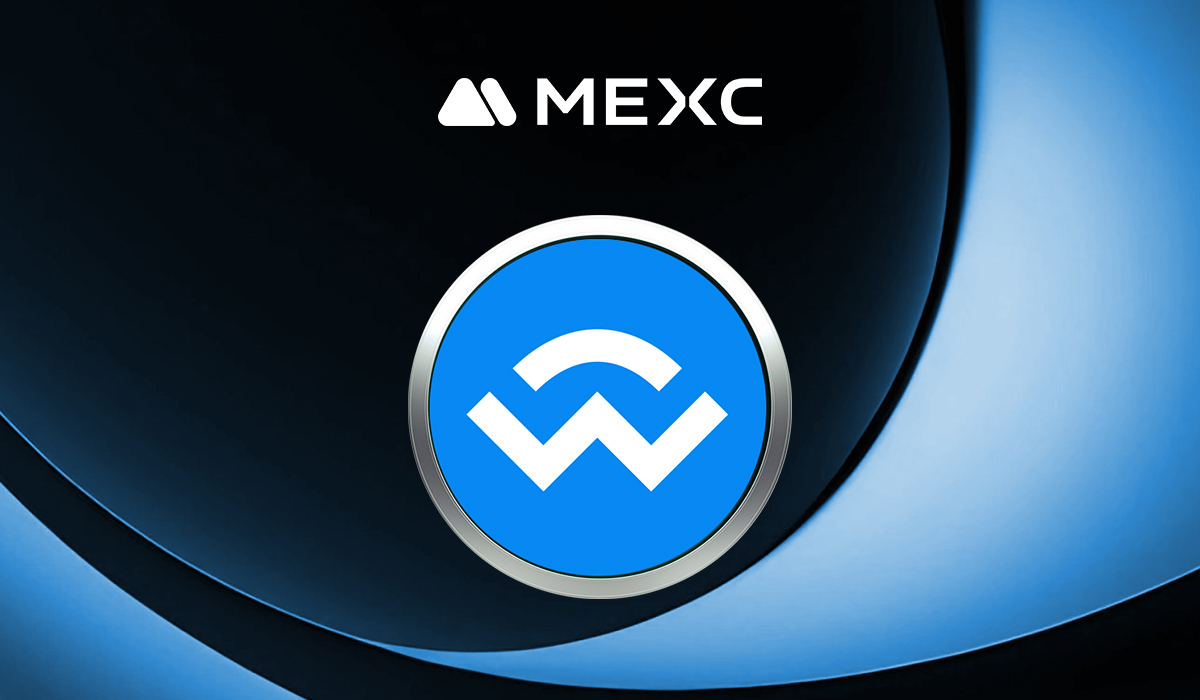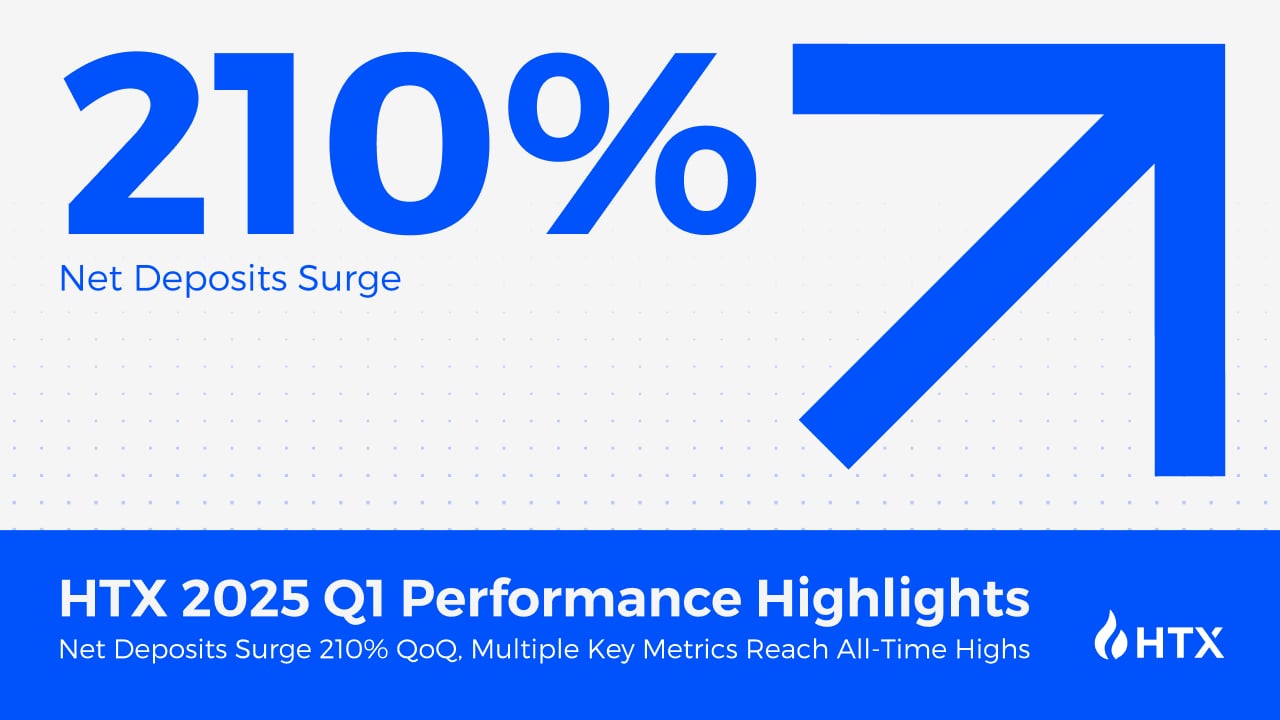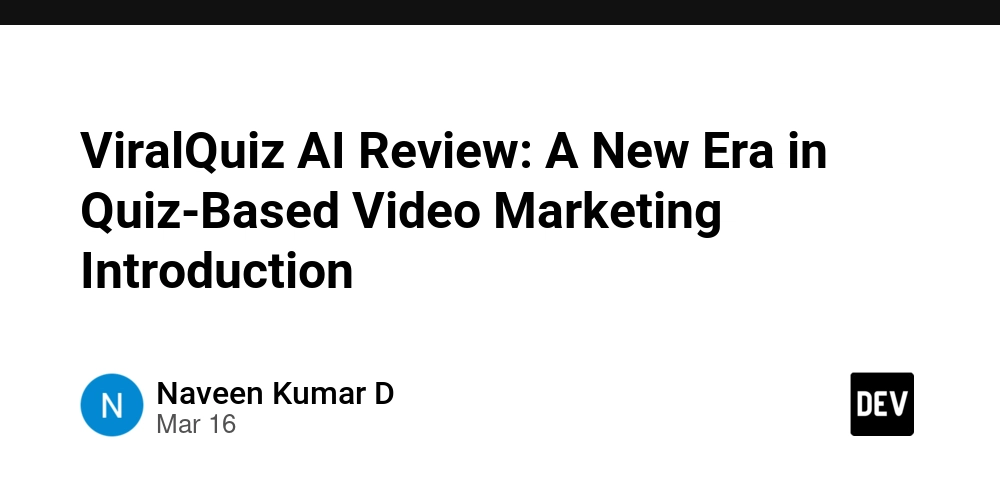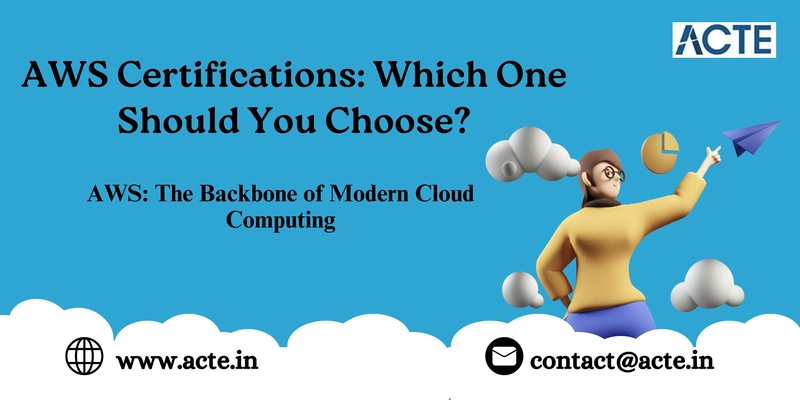The Headless CMS Mindset: Rethinking Content Architecture in 2025
You know that moment when you step back, look at how you're doing something, and realize... there's a better way? That lightbulb moment is what the headless CMS movement is all about. And in 2025, it's not just about jumping on a tech trend. It's about rethinking how we create, manage, and deliver content in a digital-first world. Whether you're a content strategist, developer, or digital marketer, embracing the "headless CMS mindset" can be a total game-changer. Content Isn't Just for Websites Anymore Remember when content was created solely for web pages? A title, some body text, an image—done. Fast forward to now: content needs to live everywhere. Websites, mobile apps, voice assistants, smartwatches, in-car dashboards—you name it. That's where the headless approach shines. Instead of locking content inside page templates, it liberates it. You create structured content that can go anywhere your audience is, without duplicating or reformatting it over and over again. Flexibility Beats Familiarity Traditional CMS platforms are like Swiss Army knives—they try to do it all. That might sound handy, but in reality? It often leads to clunky interfaces, patchwork plugins, and frustrated dev teams. A headless CMS strips things down to the essentials. It focuses on content storage and delivery via APIs. Then, you can choose best-in-class tools for the front end, personalization, search, analytics, and more. Think of it like building with Lego blocks instead of trying to work with a pre-glued toy set. Yes, it’s different. Yes, it takes a mindset shift. But once you get used to the modular, composable approach, you’ll wonder why you didn’t ditch the monolith sooner. Empowering Collaboration Between Teams One of the most underrated benefits? How a headless CMS changes team dynamics. Content teams don’t have to wait on developers to push updates. Developers aren’t tied to a CMS’s opinionated front-end stack. Designers can build experiences without hacking around templates. It fosters real collaboration—everyone can focus on their strengths, working in parallel rather than waiting in a slow-moving content pipeline. Futureproofing Your Digital Strategy We’ve all been burned by tech that couldn’t keep up. Maybe it was a CMS that collapsed under traffic spikes. Or one that required a complete rebuild every time you wanted to add a new digital channel. With a headless architecture, you’re not locked into a single platform’s roadmap. You can swap out tools, scale components, and try new channels without rethinking your entire system. That’s not just smart—it’s survival. It’s a Mindset, Not Just a Tool Here’s the thing: headless isn’t just a checkbox on a tech stack comparison chart. It’s a different way of thinking about how content is created, managed, and delivered. It requires a shift in how teams operate and how businesses plan for the future. Sure, it can feel intimidating at first—especially if you’ve been deep in traditional CMS ecosystems for years. But once you’ve experienced the agility and freedom a headless CMS brings, it’s hard to go back. Ready to explore what headless can mean for your organization? Caisy is one of the most flexible and forward-thinking platforms in the game. It’s built for modern teams who want power, performance, and ease of use in one place. With transparent pricing, enterprise-ready features, and a free demo available, Caisy might just be the best headless CMS of 2025 for teams looking to rethink their content strategy.
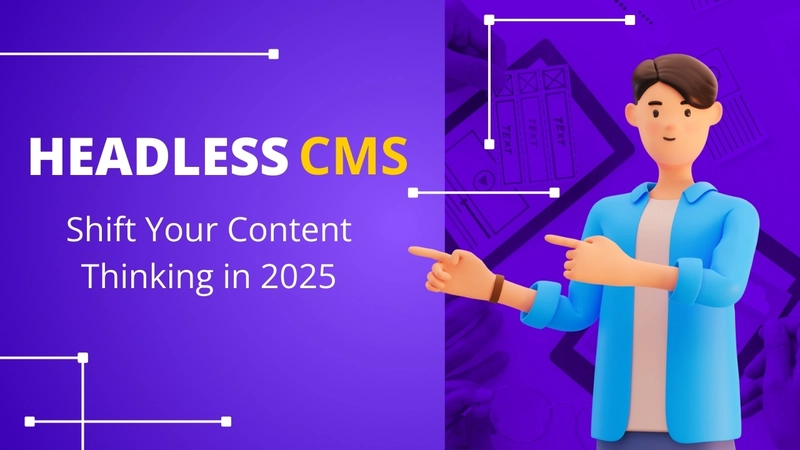
You know that moment when you step back, look at how you're doing something, and realize... there's a better way? That lightbulb moment is what the headless CMS movement is all about. And in 2025, it's not just about jumping on a tech trend. It's about rethinking how we create, manage, and deliver content in a digital-first world.
Whether you're a content strategist, developer, or digital marketer, embracing the "headless CMS mindset" can be a total game-changer.
Content Isn't Just for Websites Anymore
Remember when content was created solely for web pages? A title, some body text, an image—done. Fast forward to now: content needs to live everywhere. Websites, mobile apps, voice assistants, smartwatches, in-car dashboards—you name it.
That's where the headless approach shines. Instead of locking content inside page templates, it liberates it. You create structured content that can go anywhere your audience is, without duplicating or reformatting it over and over again.
Flexibility Beats Familiarity
Traditional CMS platforms are like Swiss Army knives—they try to do it all. That might sound handy, but in reality? It often leads to clunky interfaces, patchwork plugins, and frustrated dev teams.
A headless CMS strips things down to the essentials. It focuses on content storage and delivery via APIs. Then, you can choose best-in-class tools for the front end, personalization, search, analytics, and more. Think of it like building with Lego blocks instead of trying to work with a pre-glued toy set.
Yes, it’s different. Yes, it takes a mindset shift. But once you get used to the modular, composable approach, you’ll wonder why you didn’t ditch the monolith sooner.
Empowering Collaboration Between Teams
One of the most underrated benefits? How a headless CMS changes team dynamics. Content teams don’t have to wait on developers to push updates. Developers aren’t tied to a CMS’s opinionated front-end stack. Designers can build experiences without hacking around templates.
It fosters real collaboration—everyone can focus on their strengths, working in parallel rather than waiting in a slow-moving content pipeline.
Futureproofing Your Digital Strategy
We’ve all been burned by tech that couldn’t keep up. Maybe it was a CMS that collapsed under traffic spikes. Or one that required a complete rebuild every time you wanted to add a new digital channel.
With a headless architecture, you’re not locked into a single platform’s roadmap. You can swap out tools, scale components, and try new channels without rethinking your entire system.
That’s not just smart—it’s survival.
It’s a Mindset, Not Just a Tool
Here’s the thing: headless isn’t just a checkbox on a tech stack comparison chart. It’s a different way of thinking about how content is created, managed, and delivered. It requires a shift in how teams operate and how businesses plan for the future.
Sure, it can feel intimidating at first—especially if you’ve been deep in traditional CMS ecosystems for years. But once you’ve experienced the agility and freedom a headless CMS brings, it’s hard to go back.
Ready to explore what headless can mean for your organization? Caisy is one of the most flexible and forward-thinking platforms in the game. It’s built for modern teams who want power, performance, and ease of use in one place. With transparent pricing, enterprise-ready features, and a free demo available, Caisy might just be the best headless CMS of 2025 for teams looking to rethink their content strategy.
















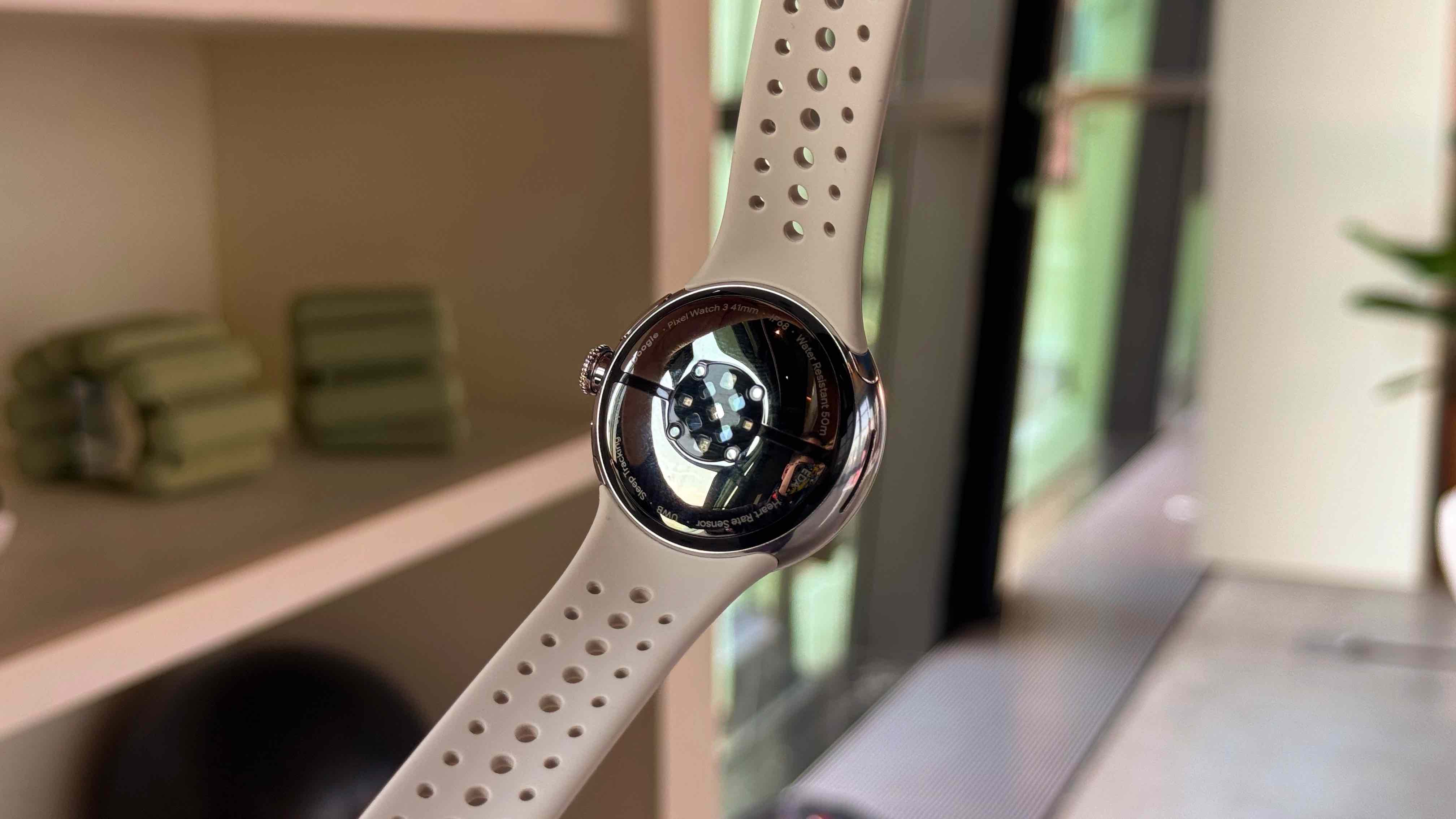


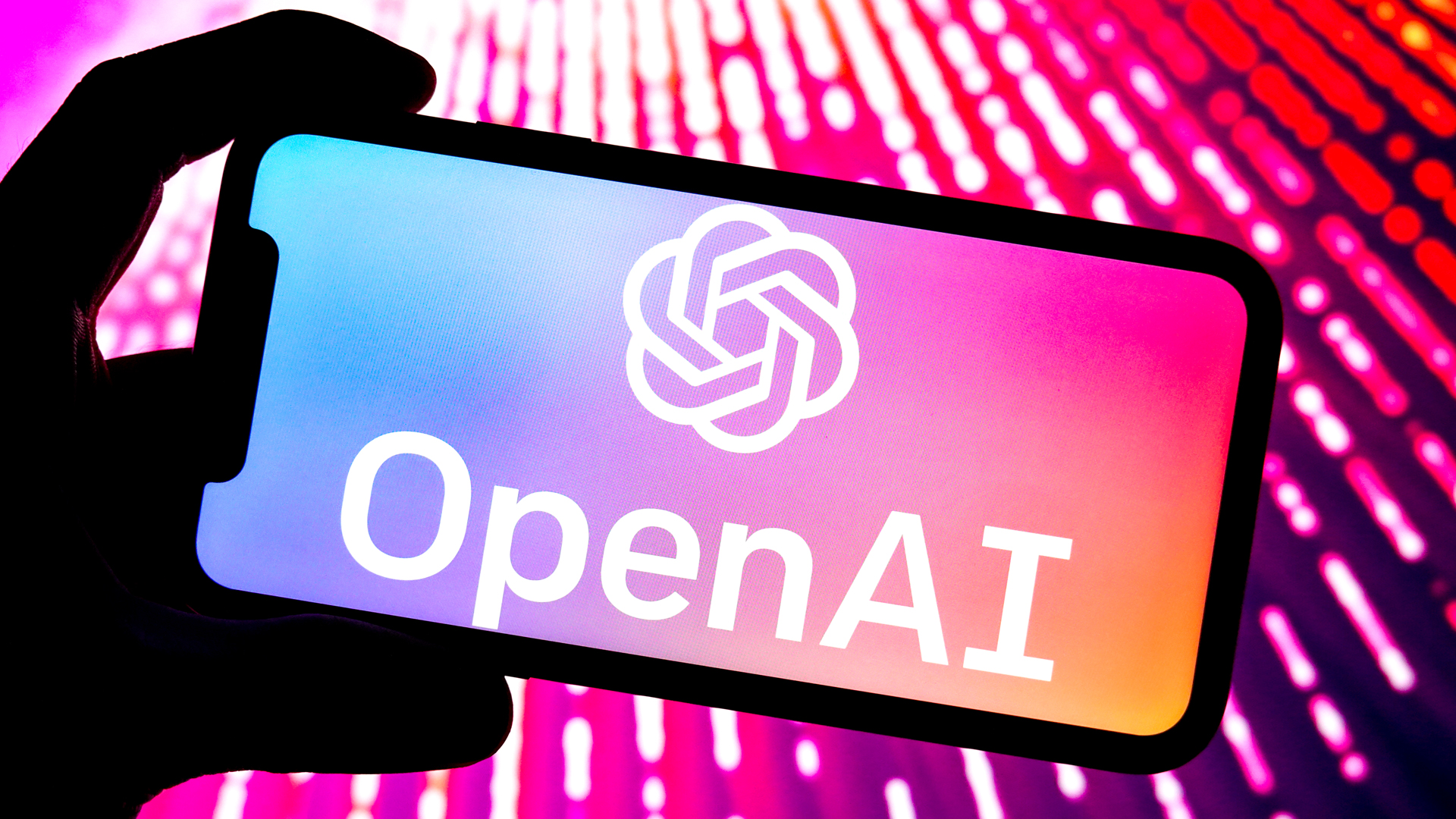







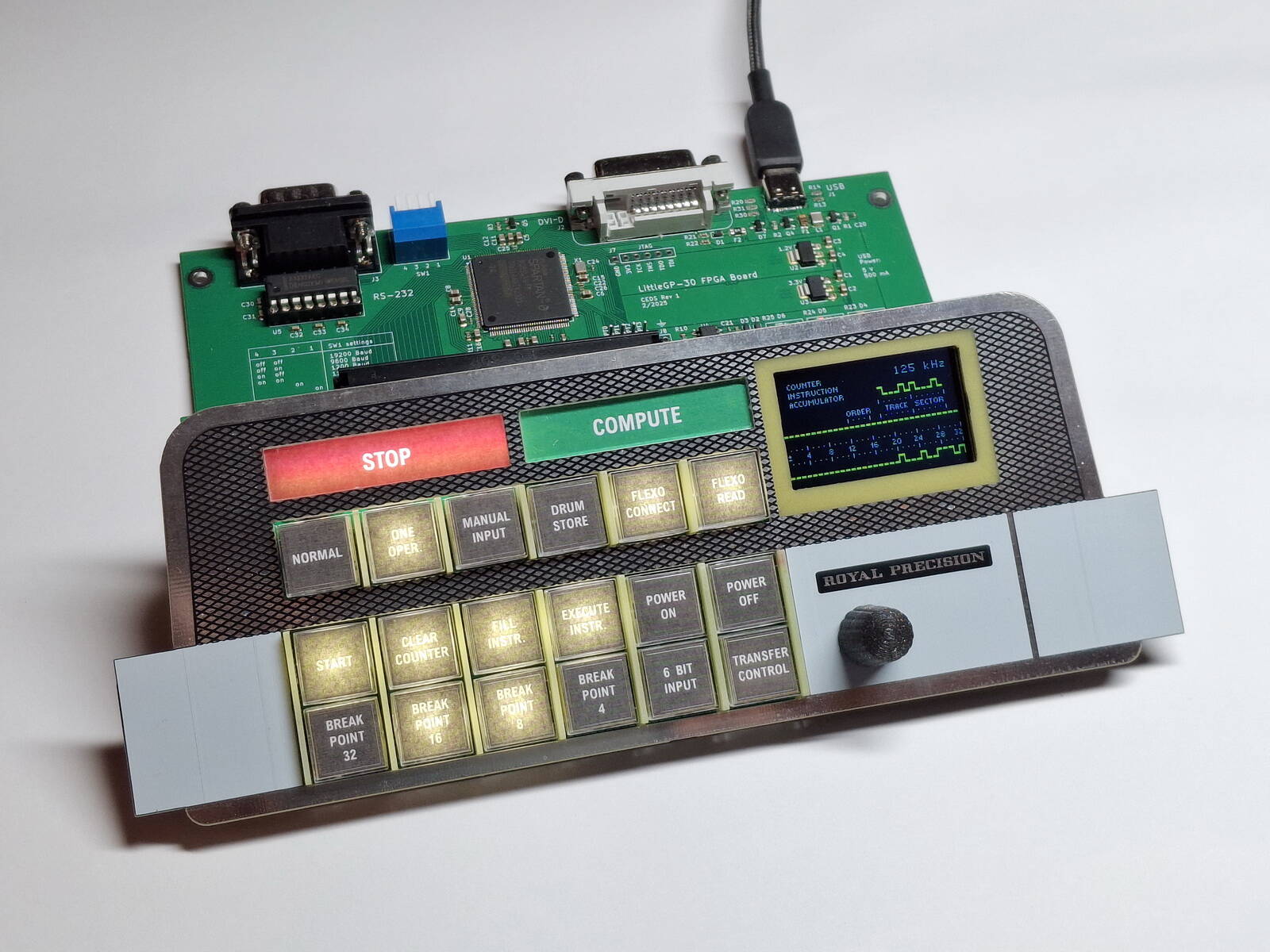








































![[The AI Show Episode 144]: ChatGPT’s New Memory, Shopify CEO’s Leaked “AI First” Memo, Google Cloud Next Releases, o3 and o4-mini Coming Soon & Llama 4’s Rocky Launch](https://www.marketingaiinstitute.com/hubfs/ep%20144%20cover.png)























































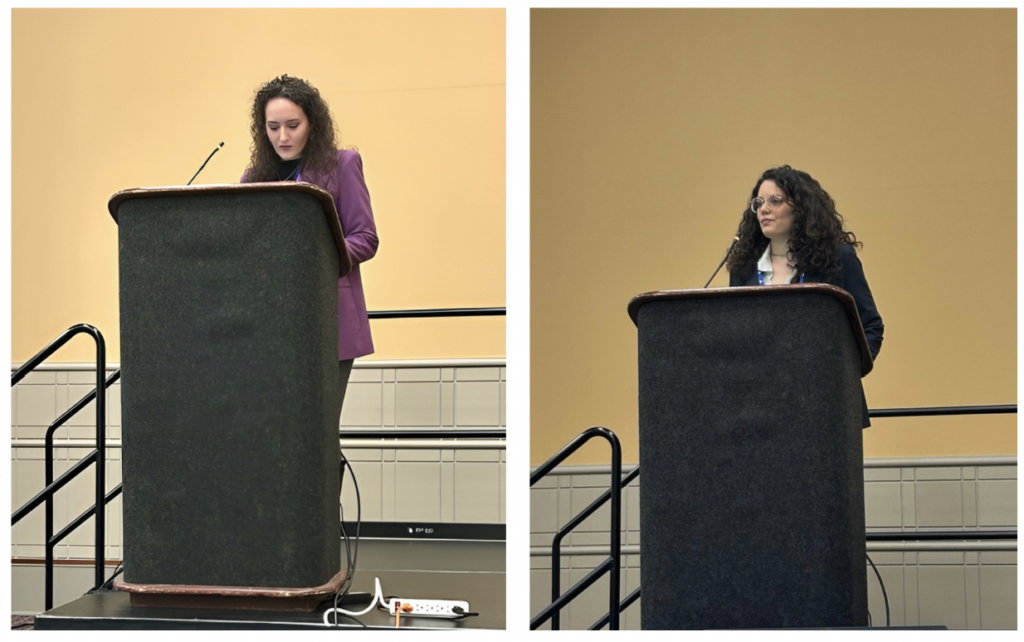













































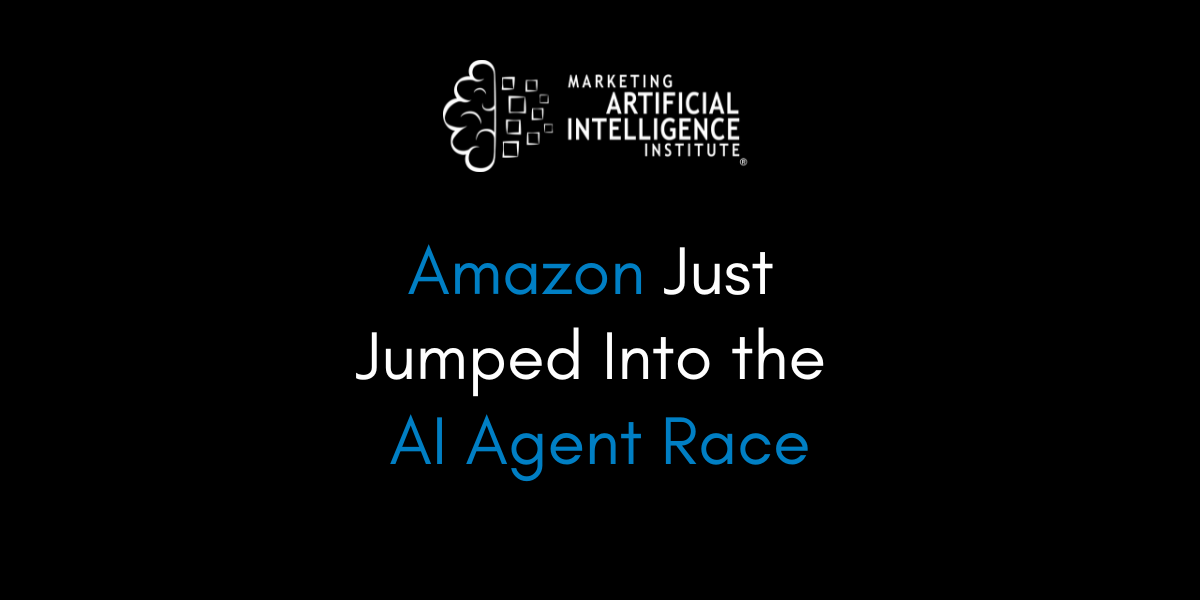






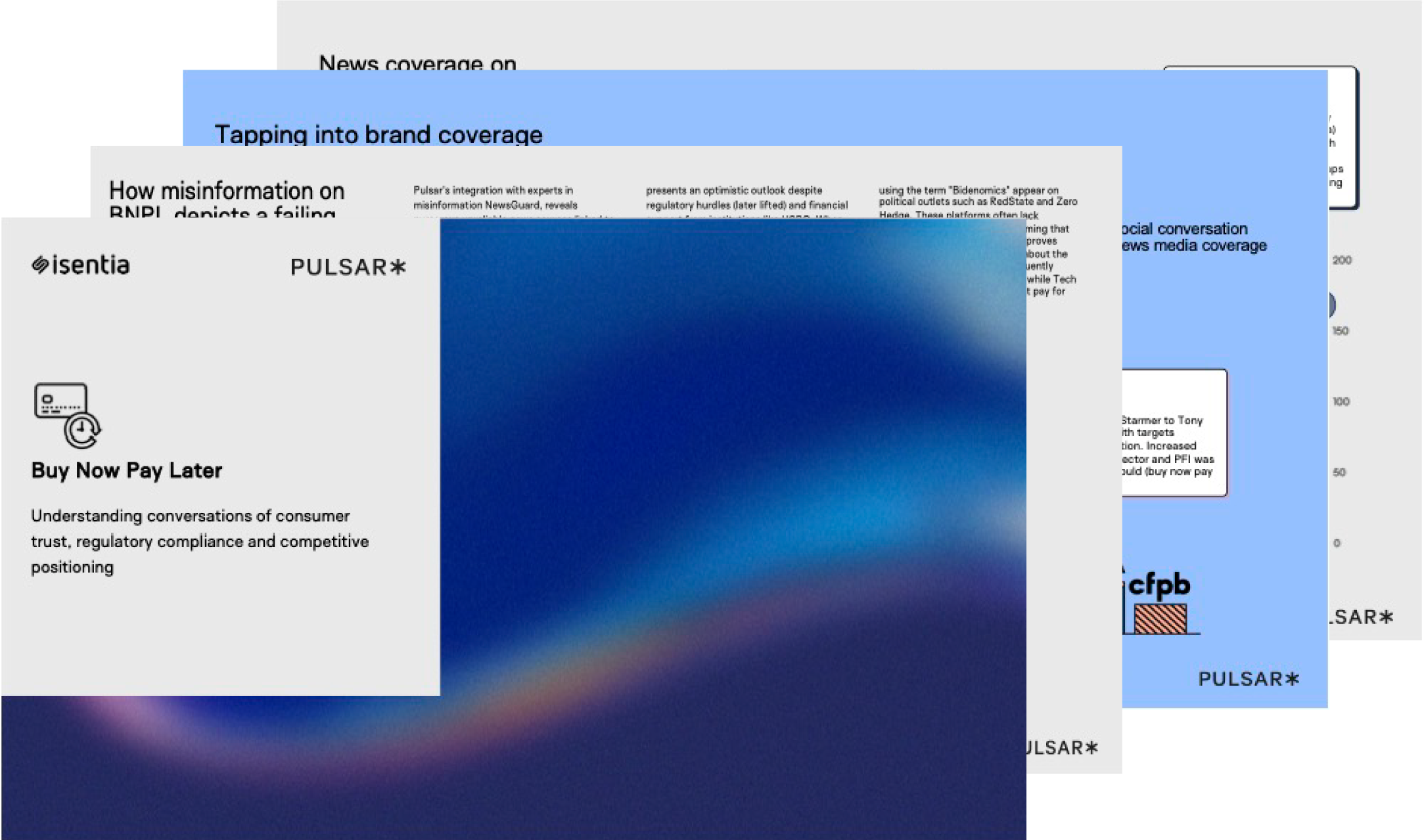


































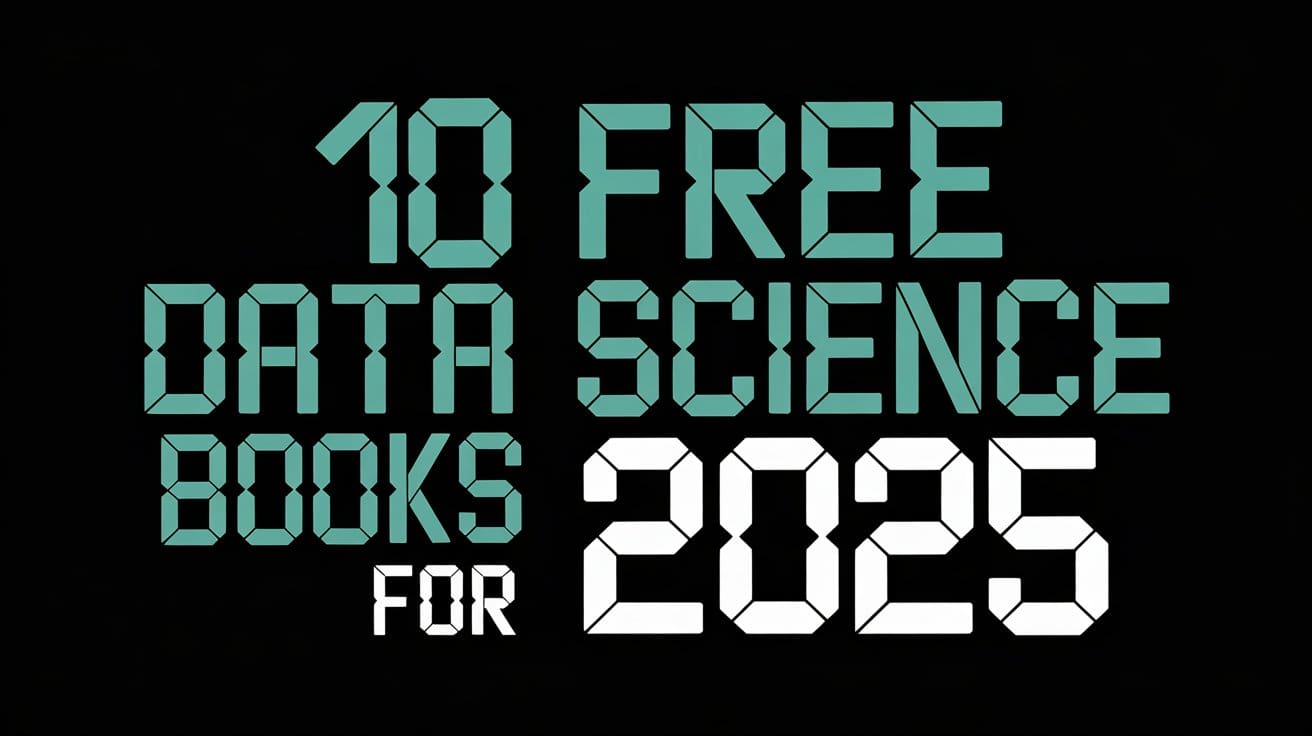
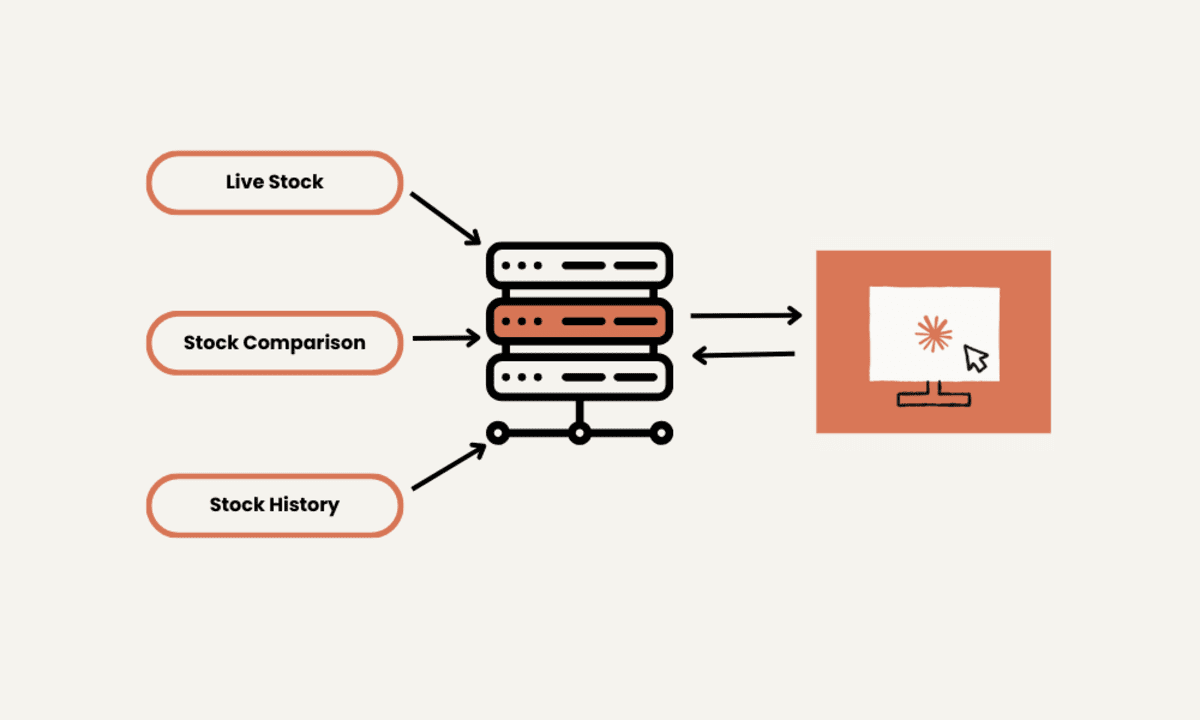





































































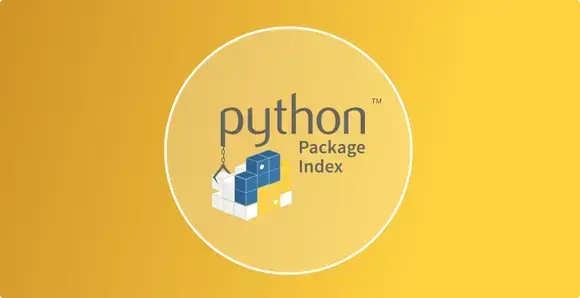
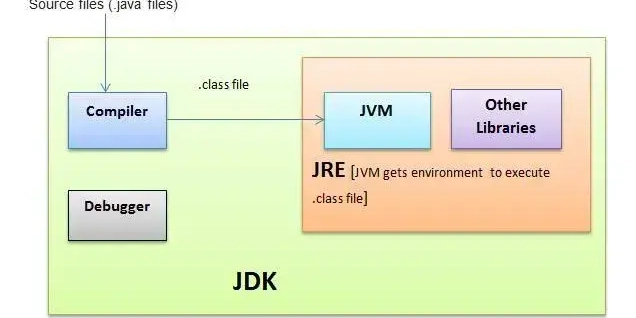
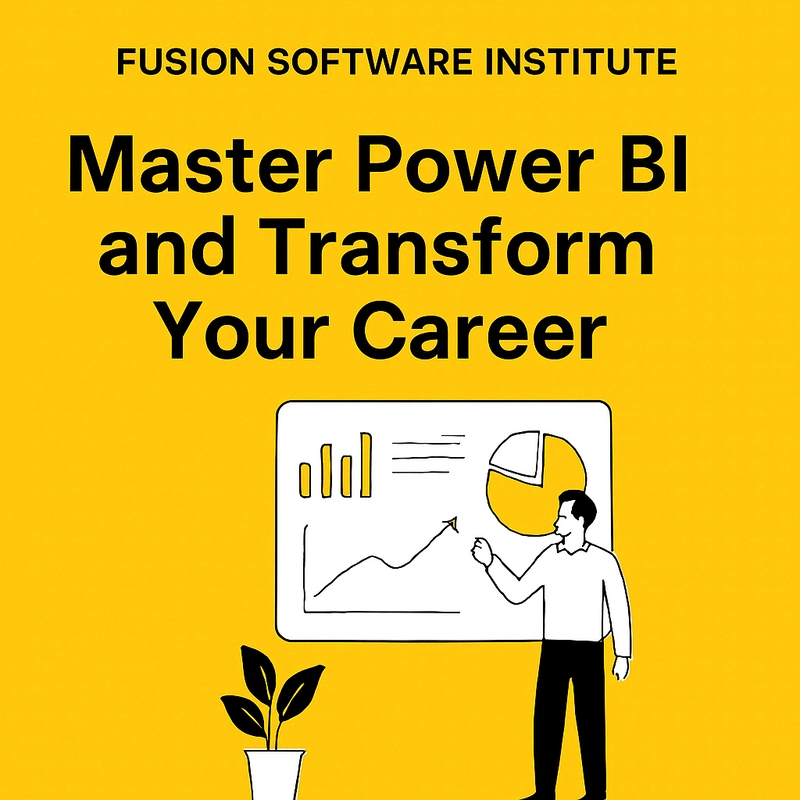














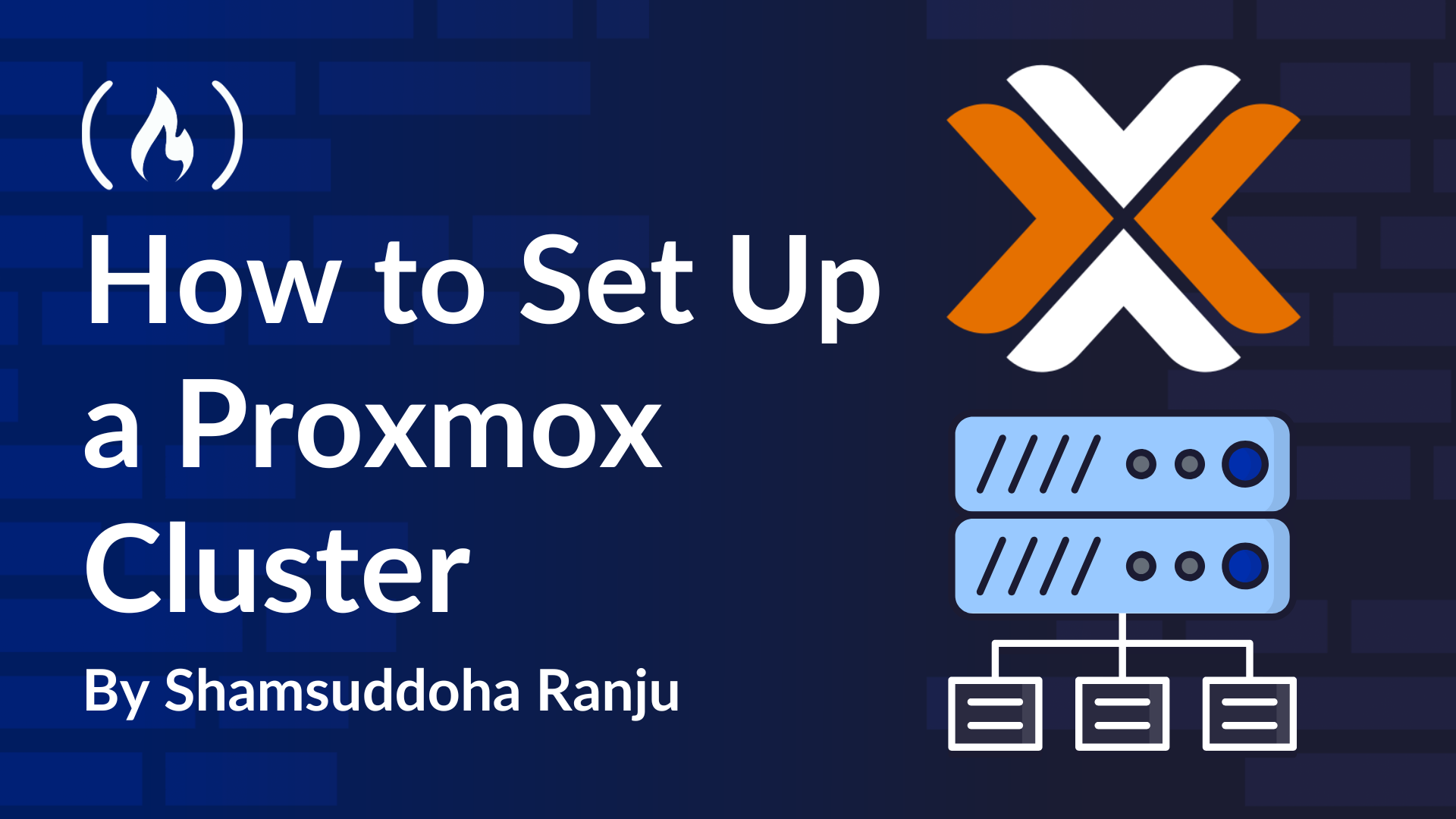
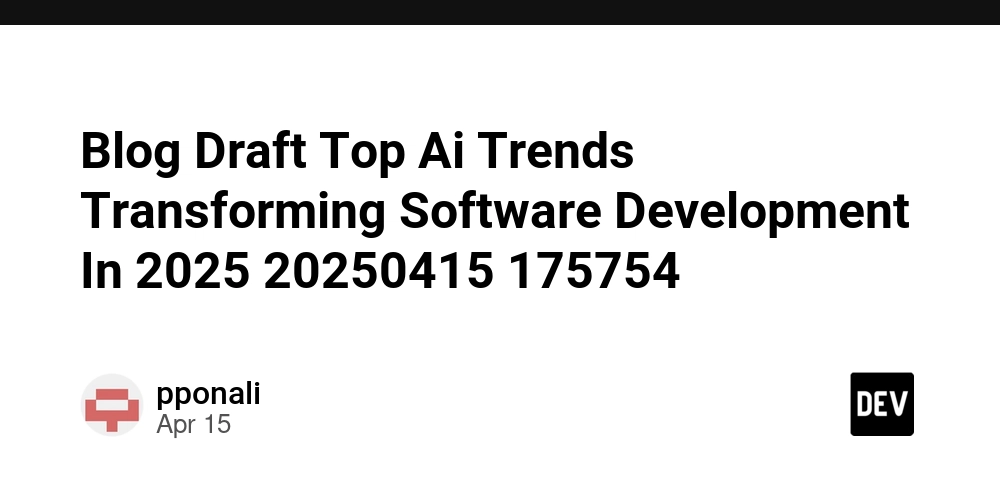











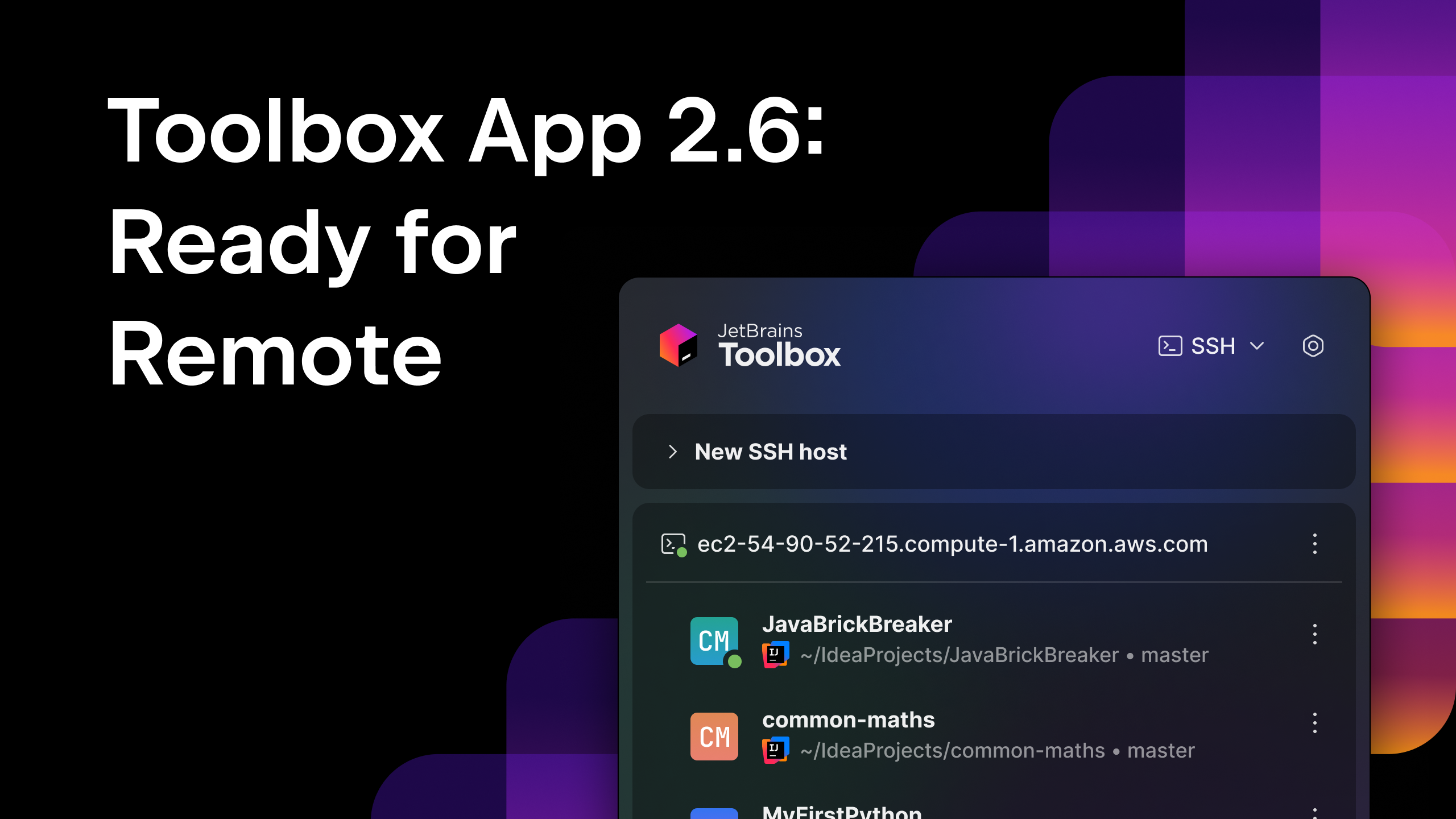

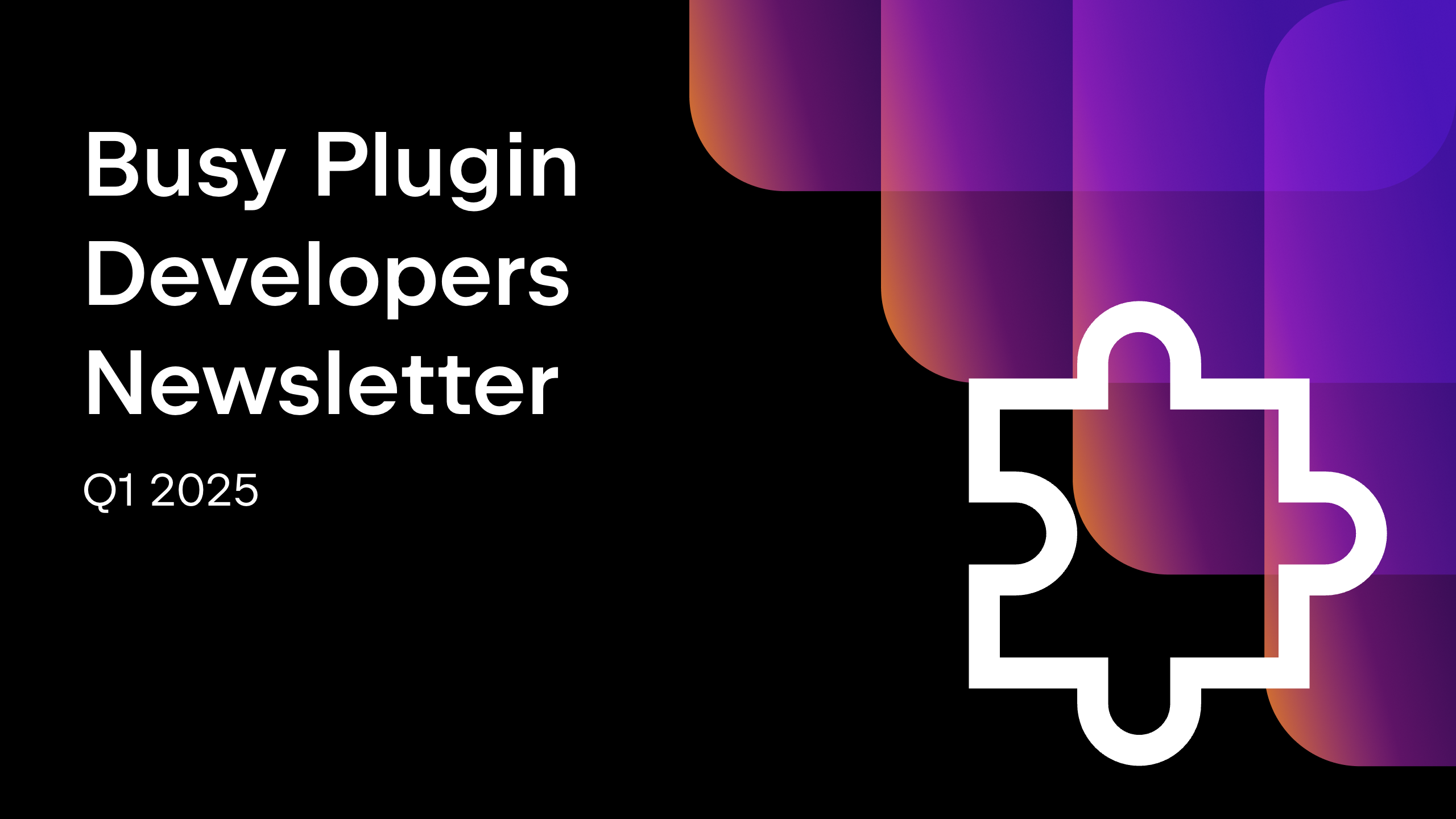






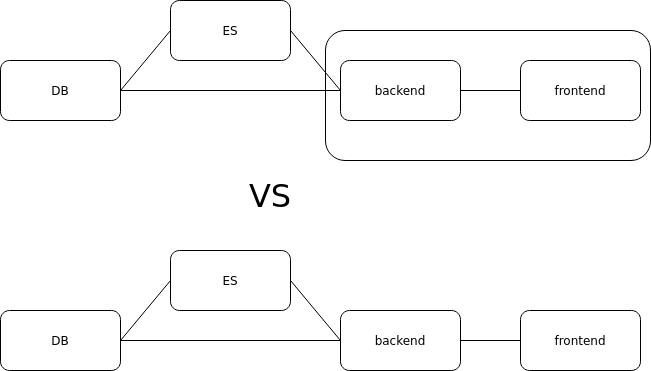
























.jpg?width=1920&height=1920&fit=bounds&quality=70&format=jpg&auto=webp#)




























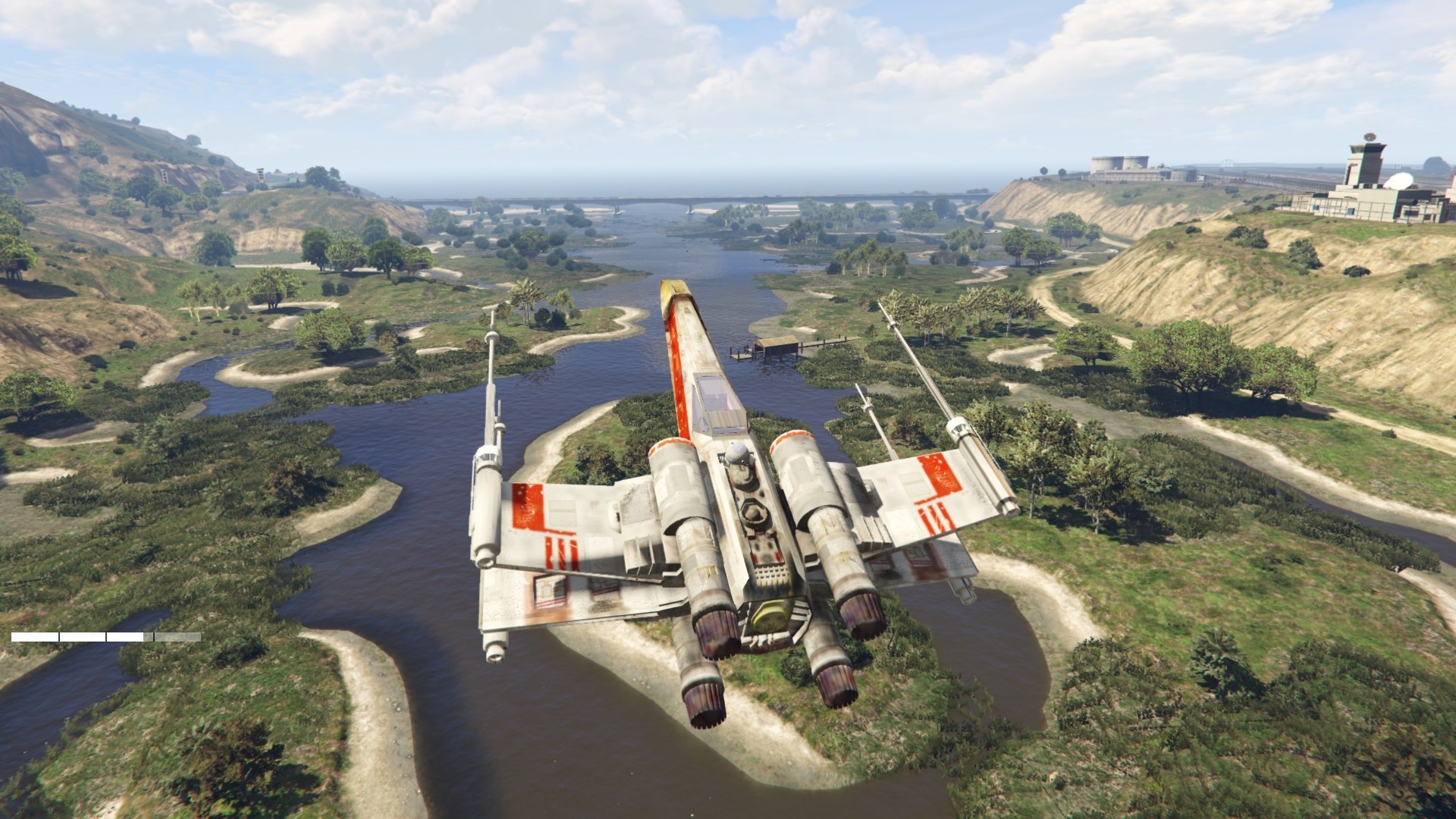








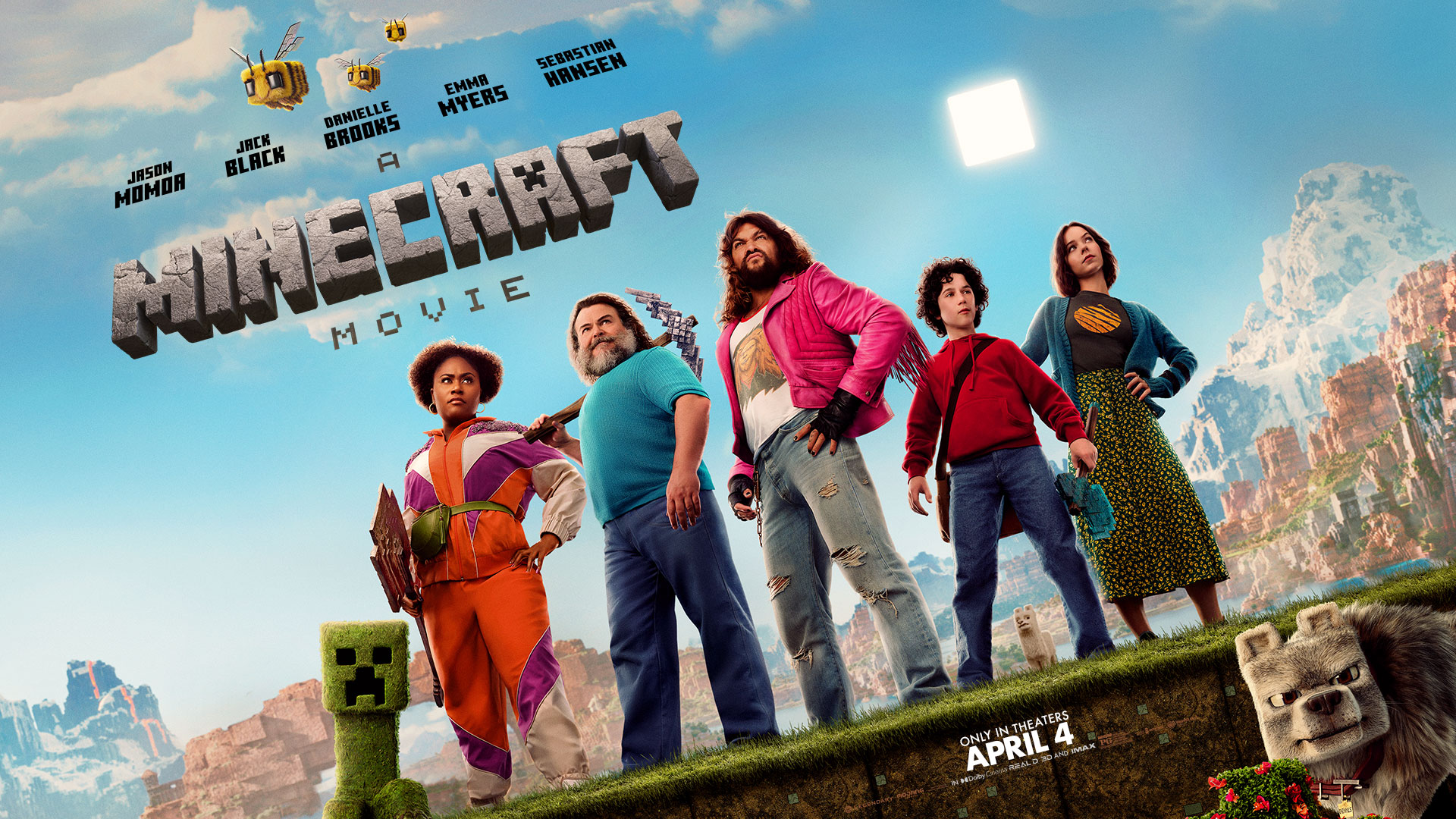



















.png?#)















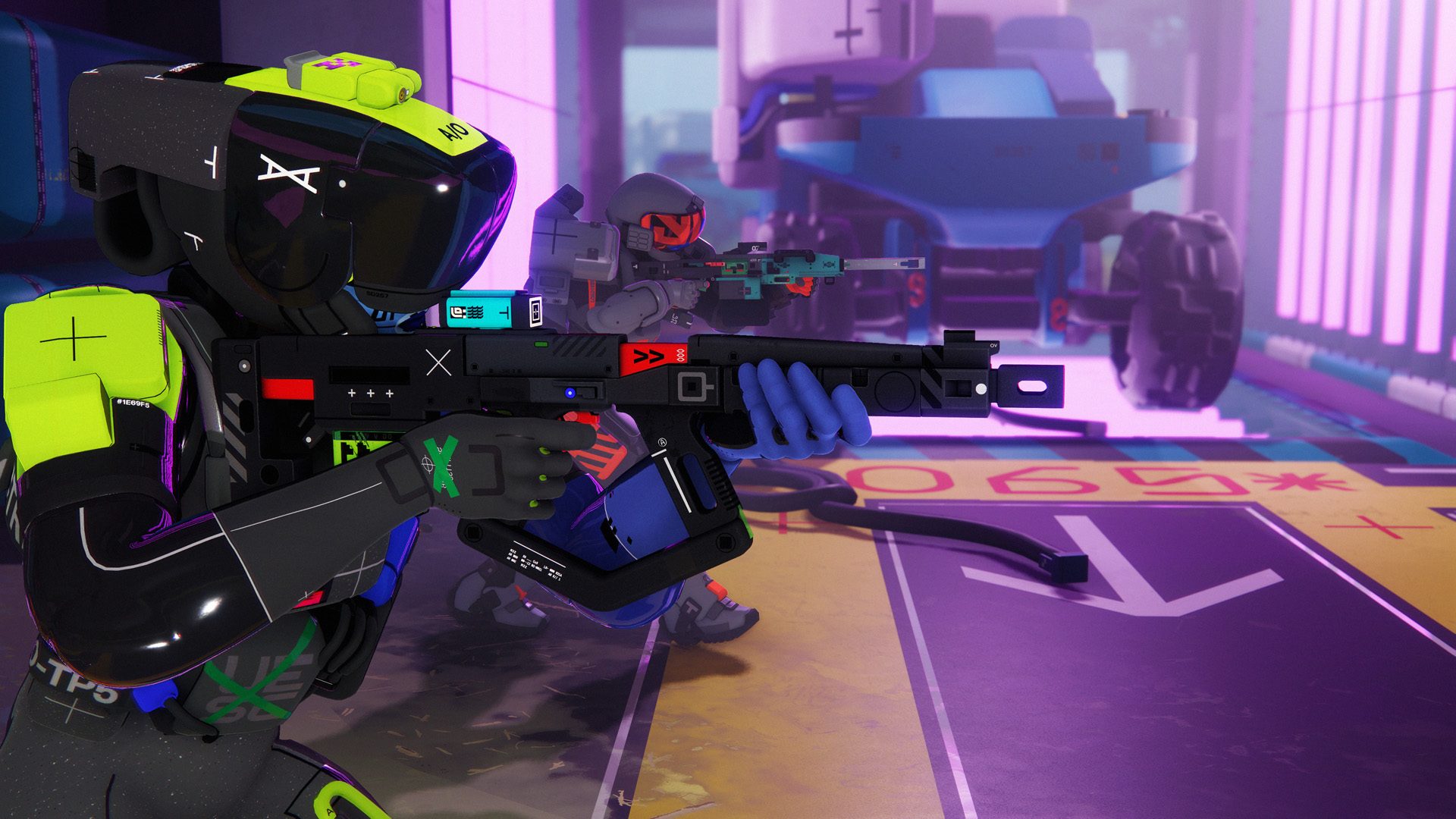






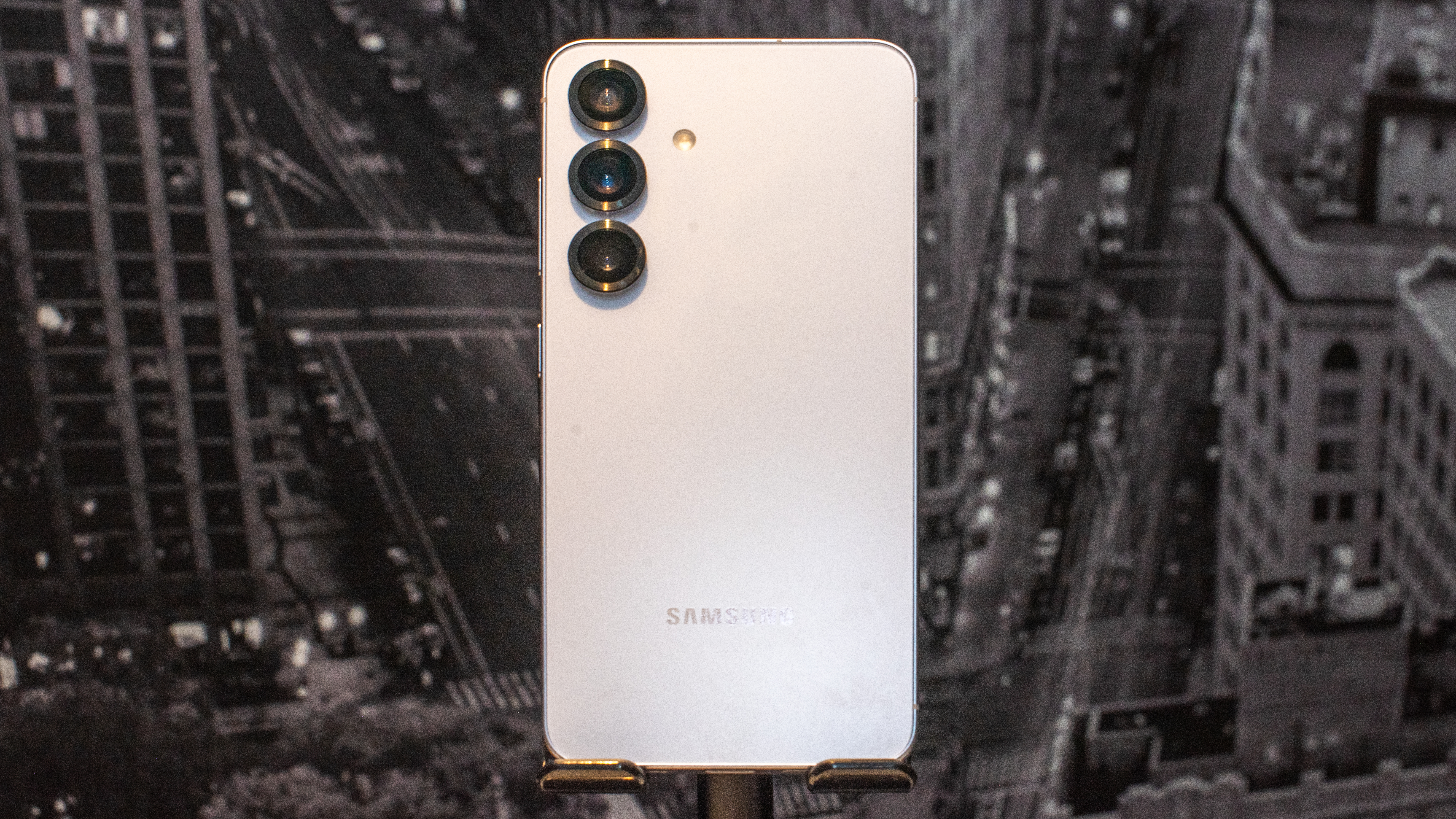




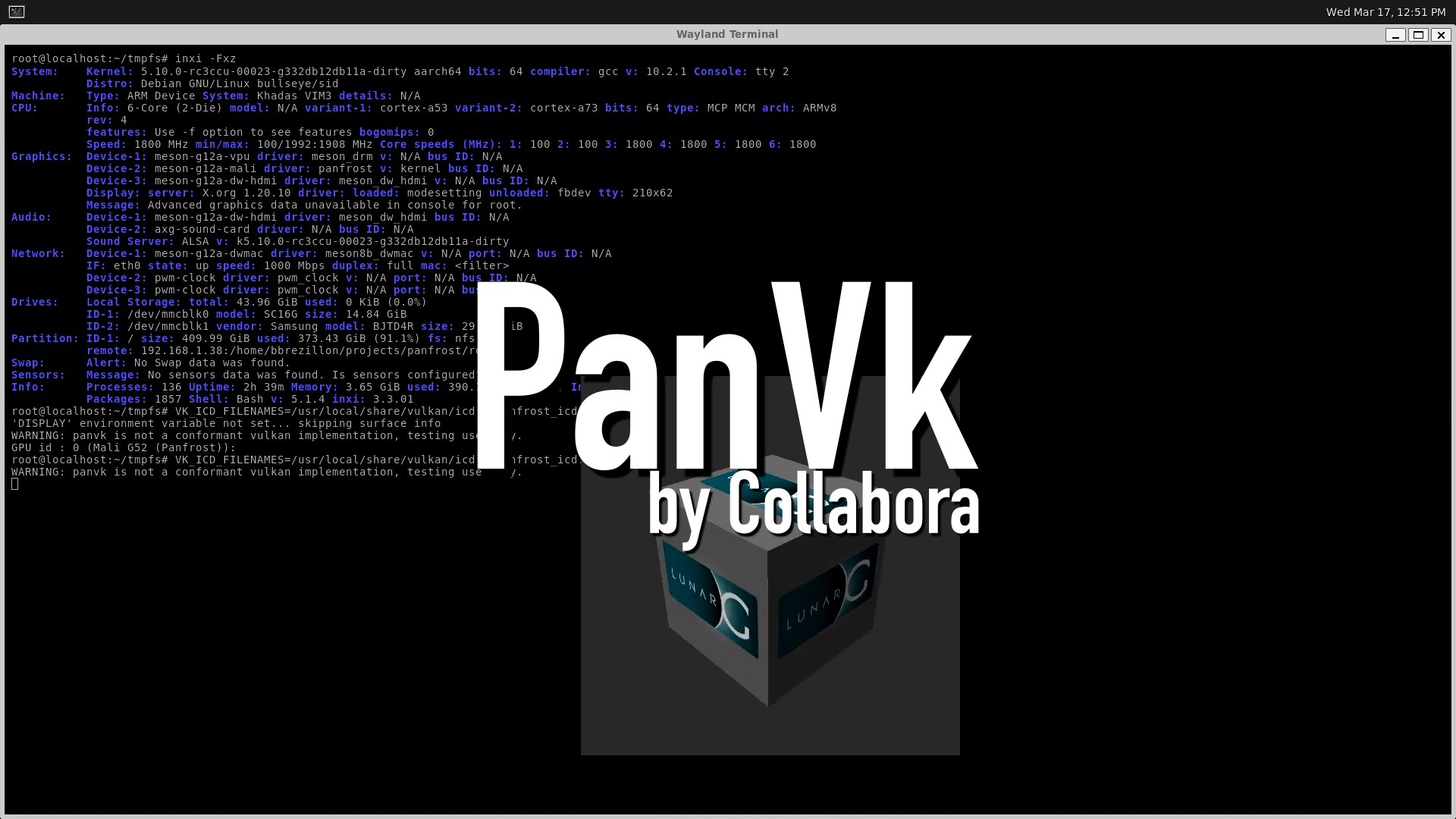










.webp?#)

































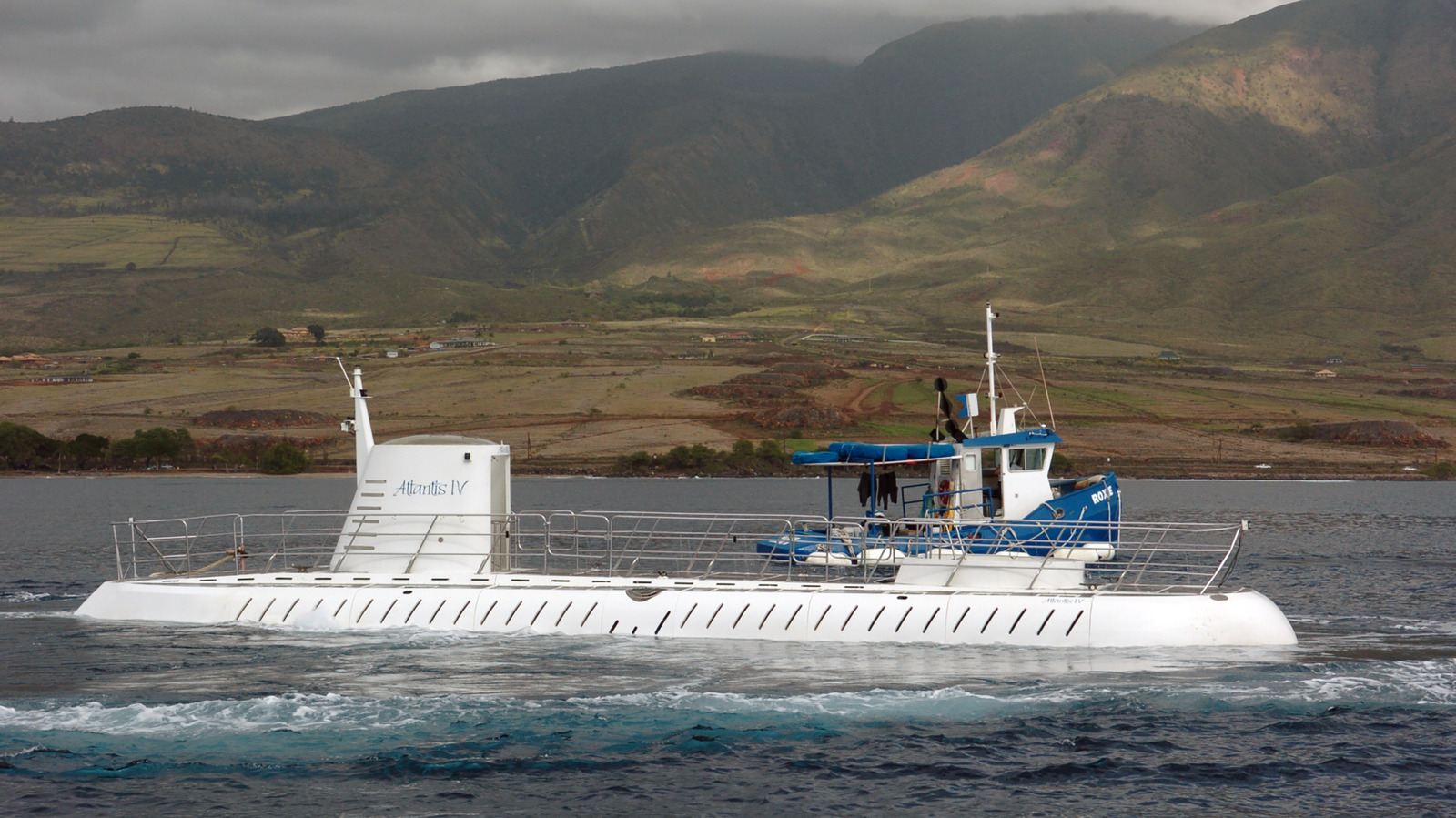

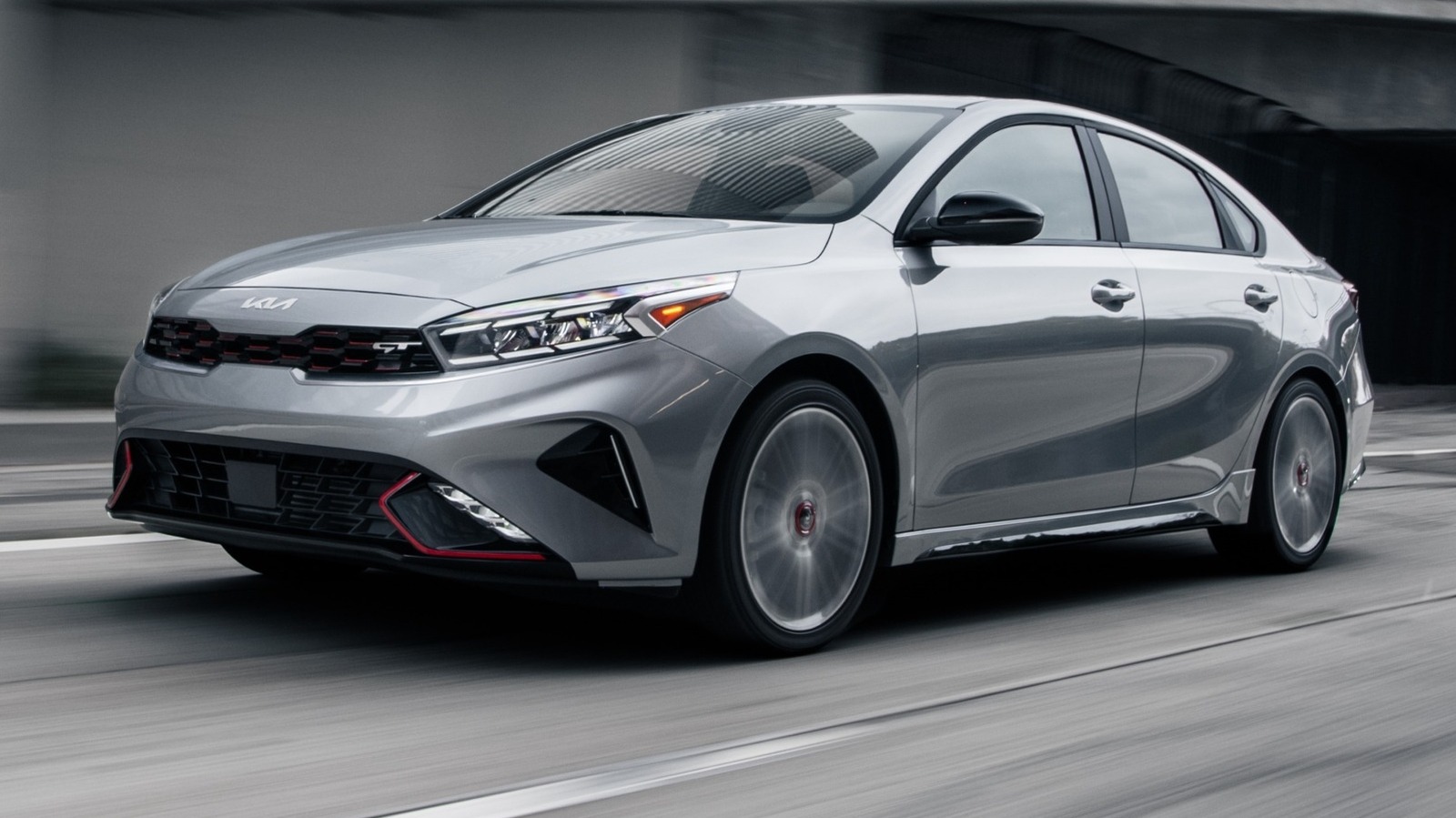

































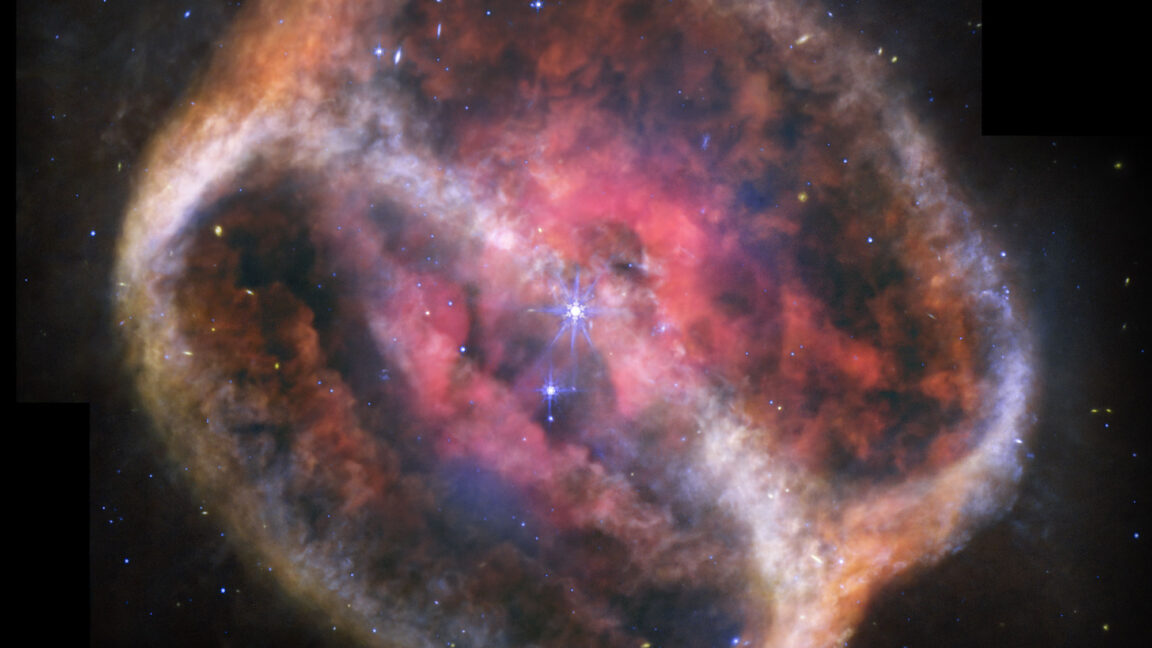

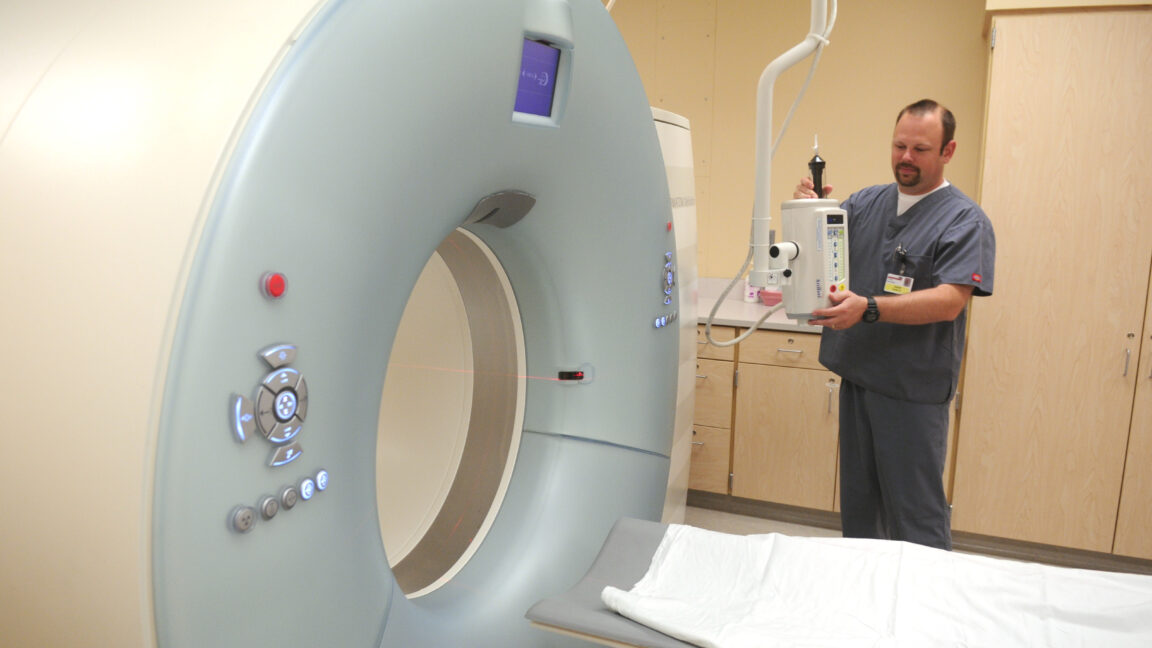
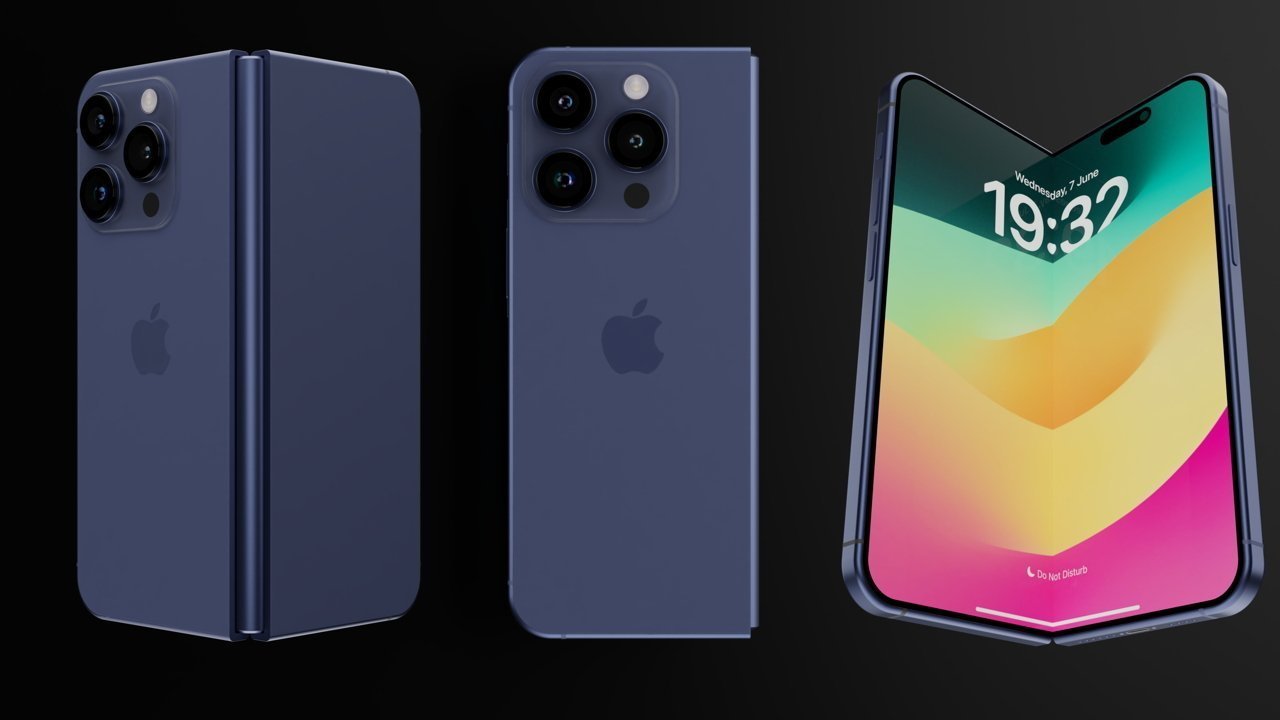
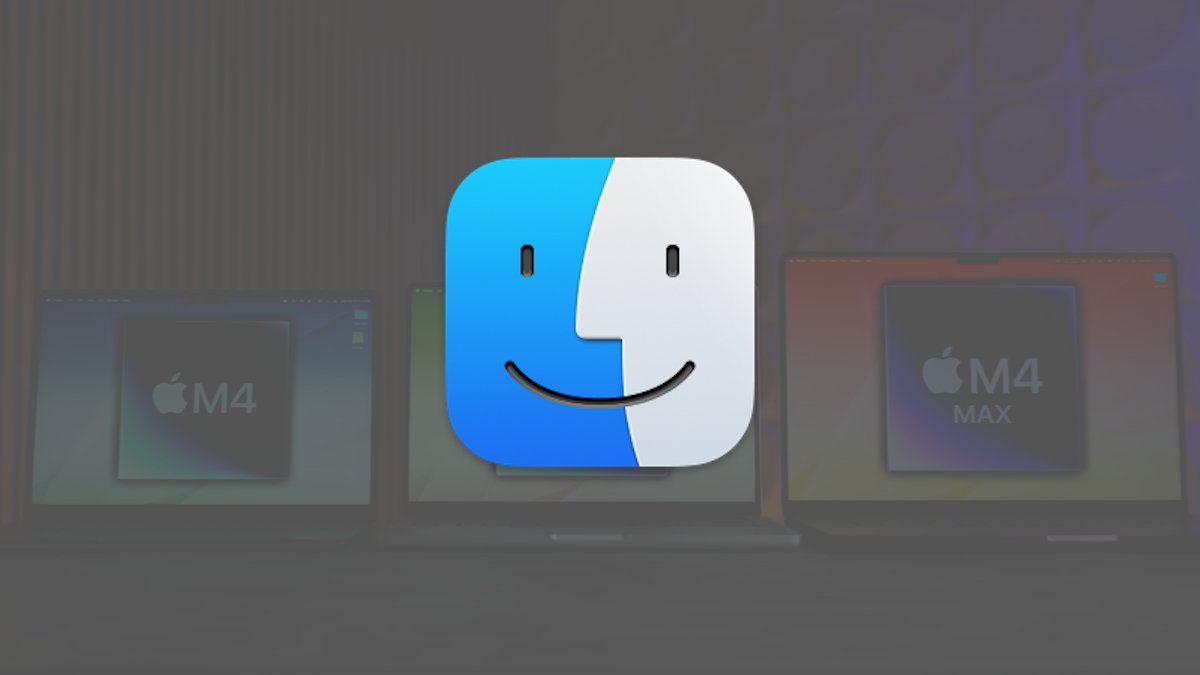
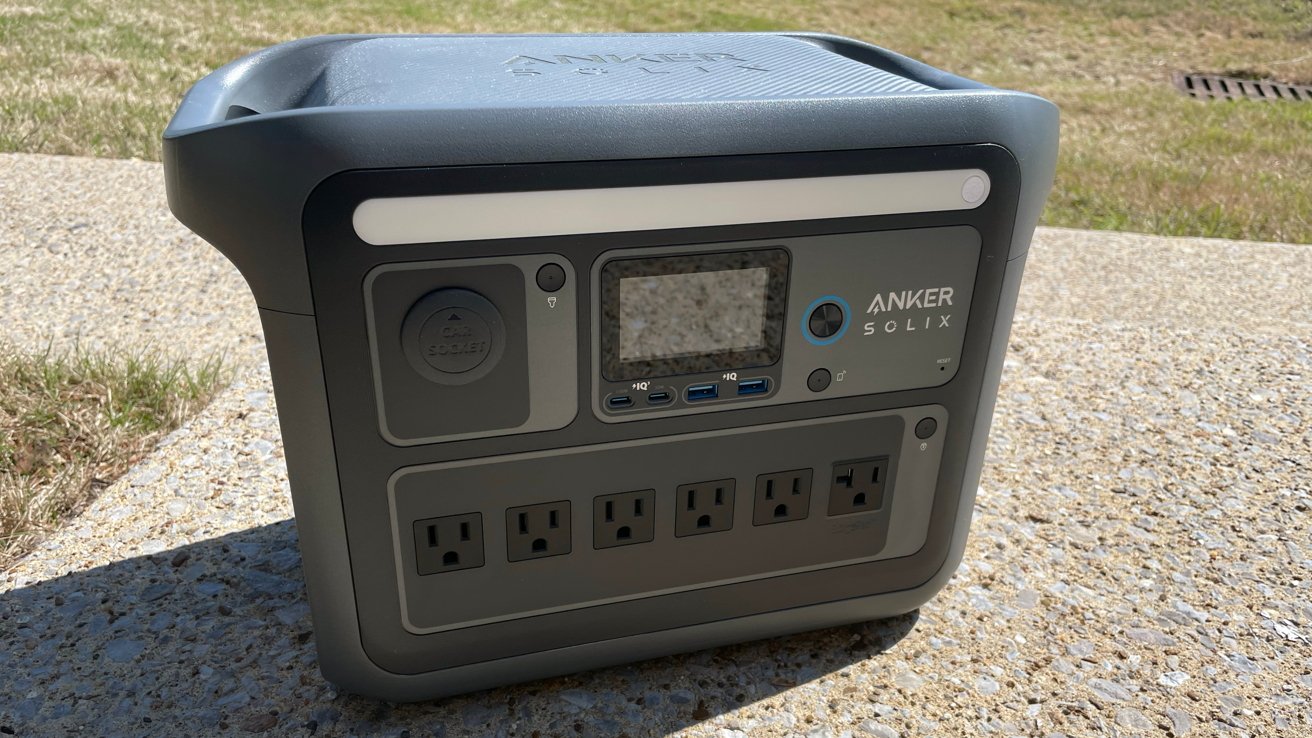

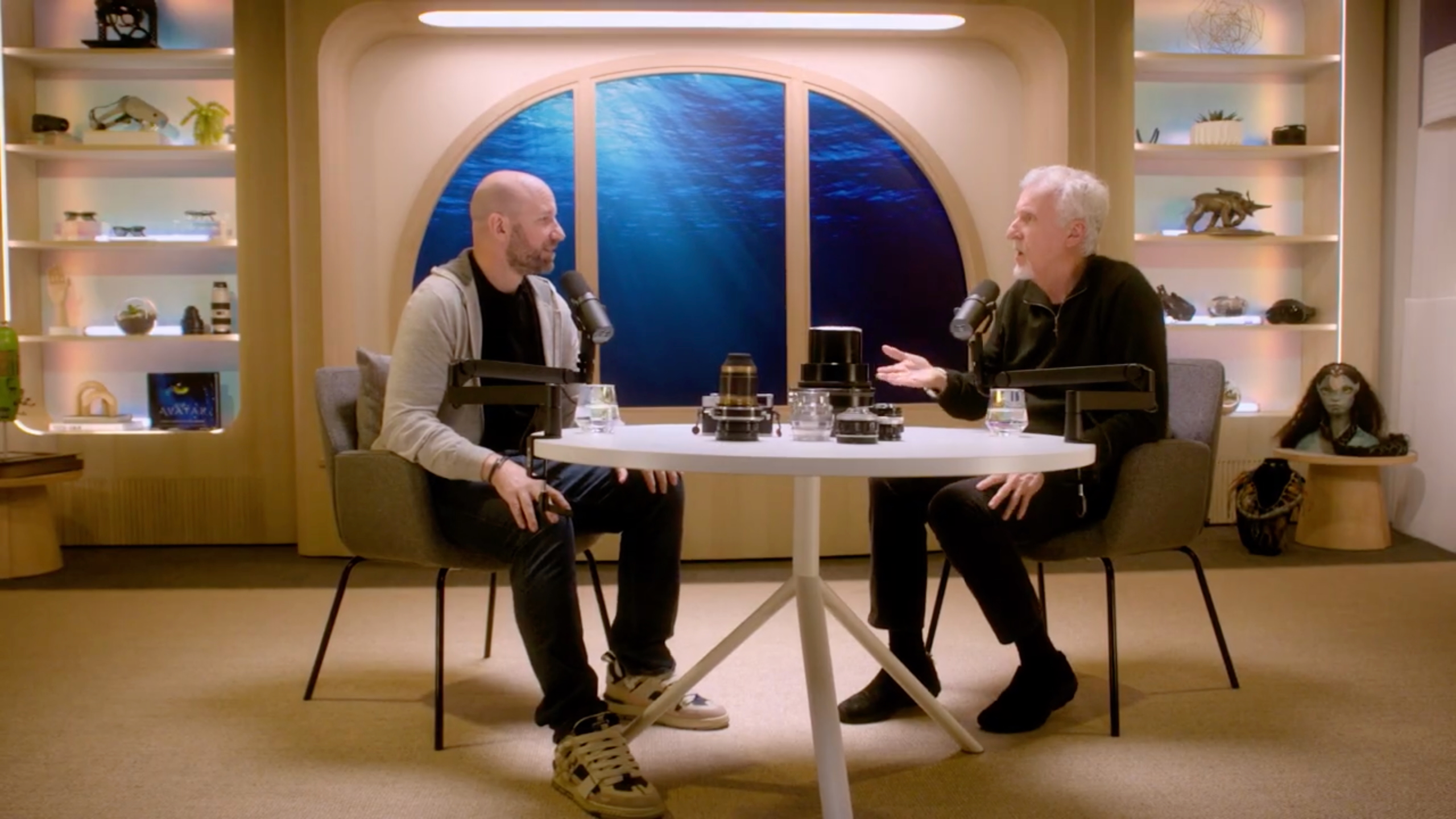

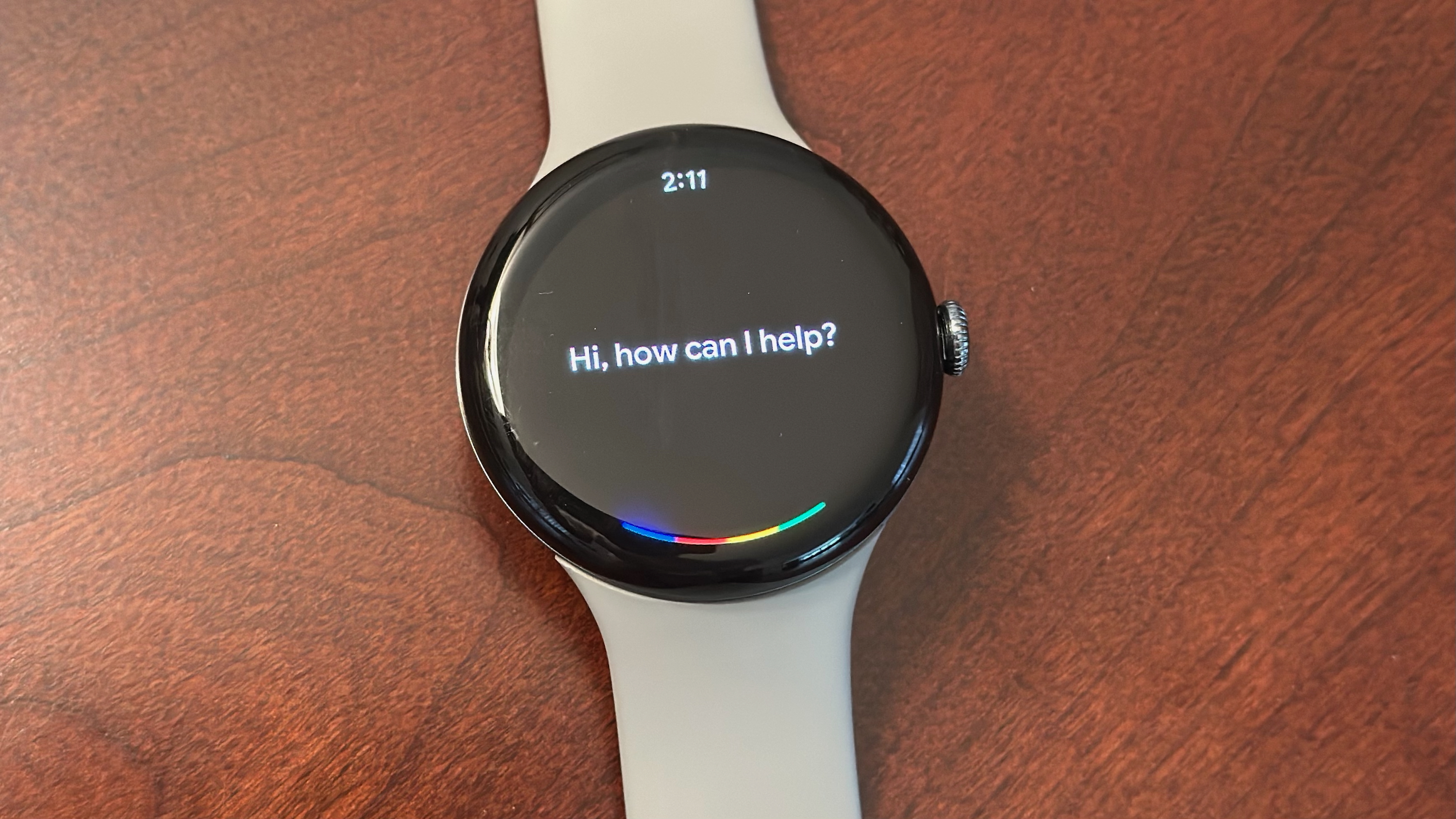
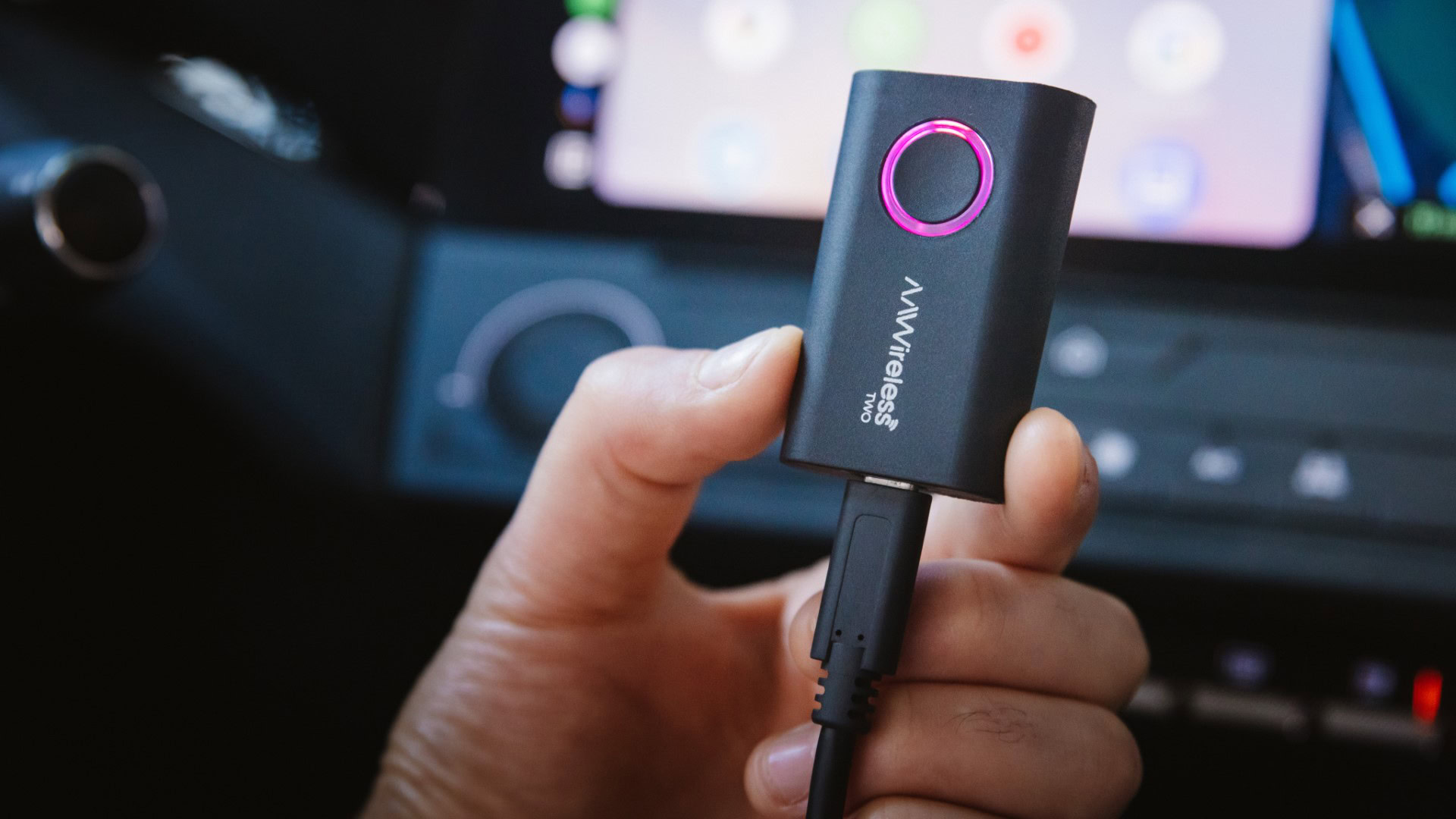




![Leaker vaguely comments on under-screen camera in iPhone Fold [U]](https://i0.wp.com/9to5mac.com/wp-content/uploads/sites/6/2025/04/iPhone-Fold-will-have-Face-ID-embedded-in-the-display-%E2%80%93-leaker.webp?resize=1200%2C628&quality=82&strip=all&ssl=1)


![[Fixed] Gemini app is failing to generate Audio Overviews](https://i0.wp.com/9to5google.com/wp-content/uploads/sites/4/2025/03/Gemini-Audio-Overview-cover.jpg?resize=1200%2C628&quality=82&strip=all&ssl=1)












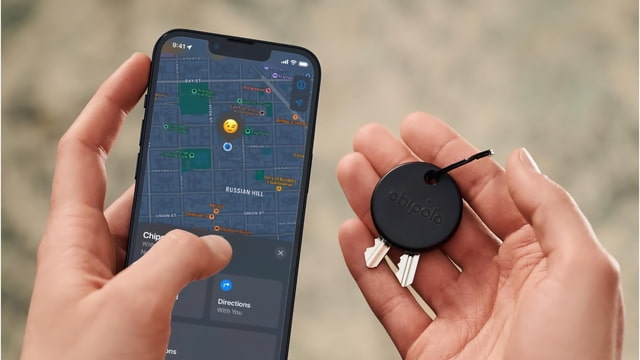
![Apple Seeds tvOS 18.5 Beta 2 to Developers [Download]](https://www.iclarified.com/images/news/97011/97011/97011-640.jpg)
![Apple Releases macOS Sequoia 15.5 Beta 2 to Developers [Download]](https://www.iclarified.com/images/news/97014/97014/97014-640.jpg)



